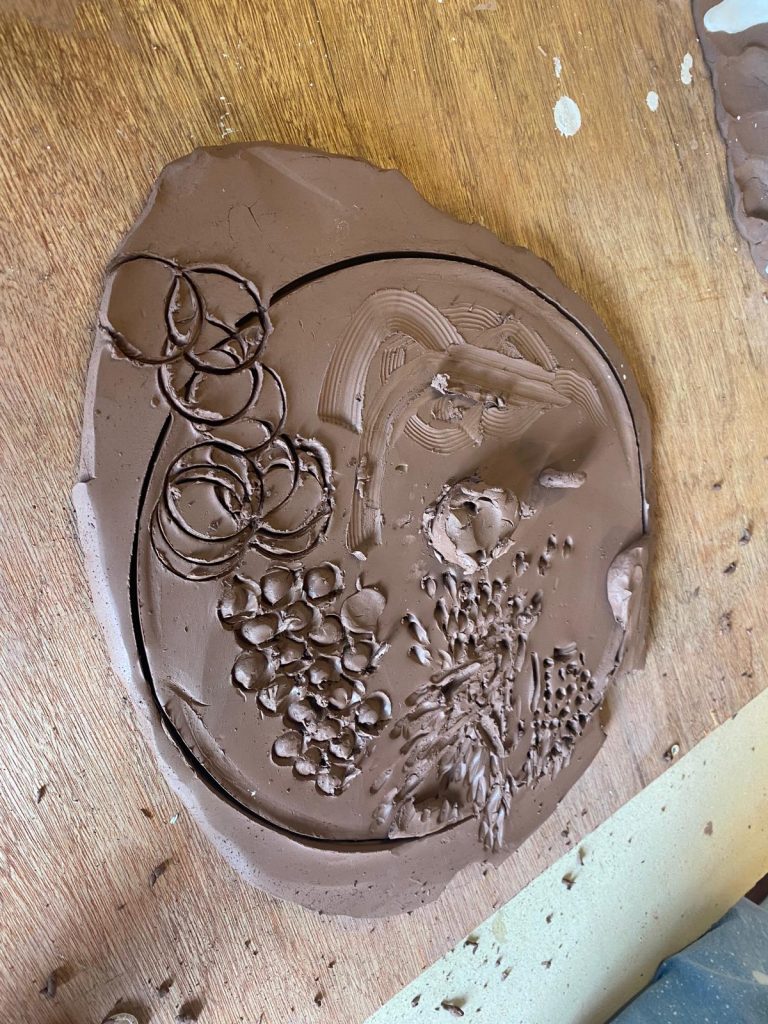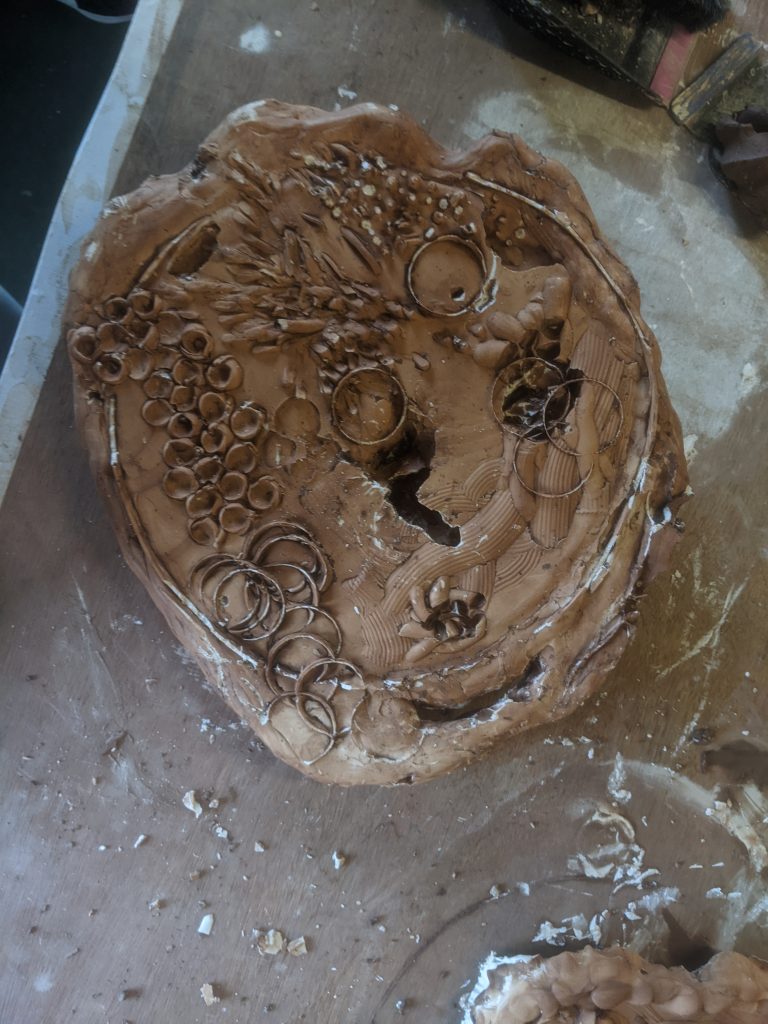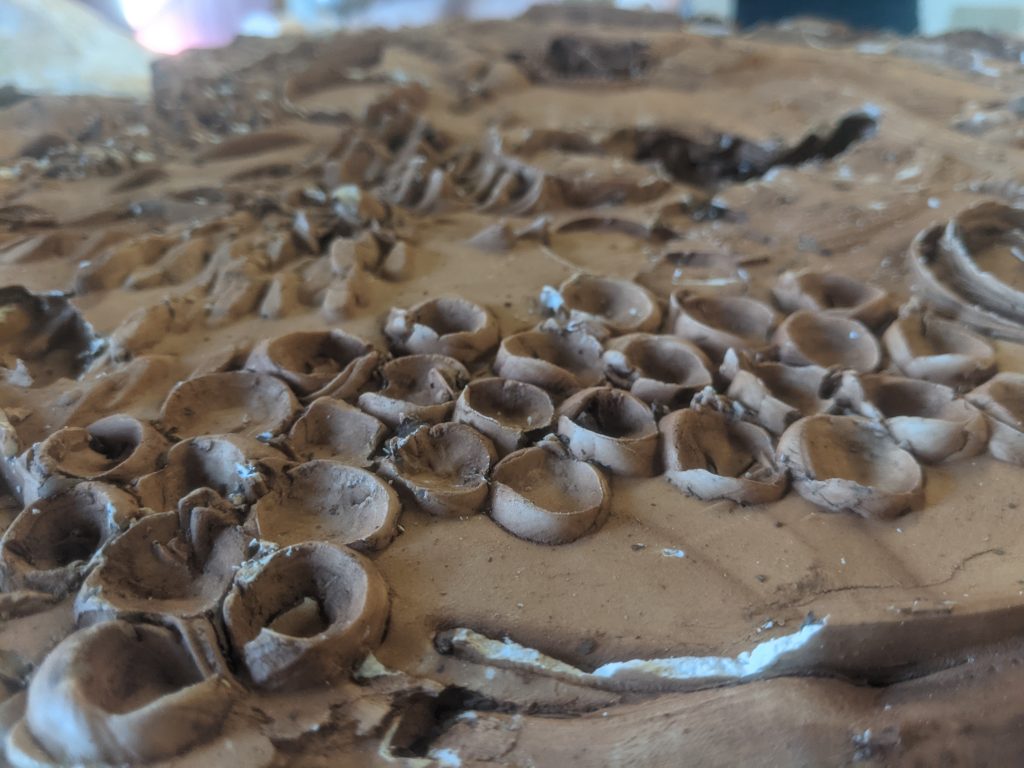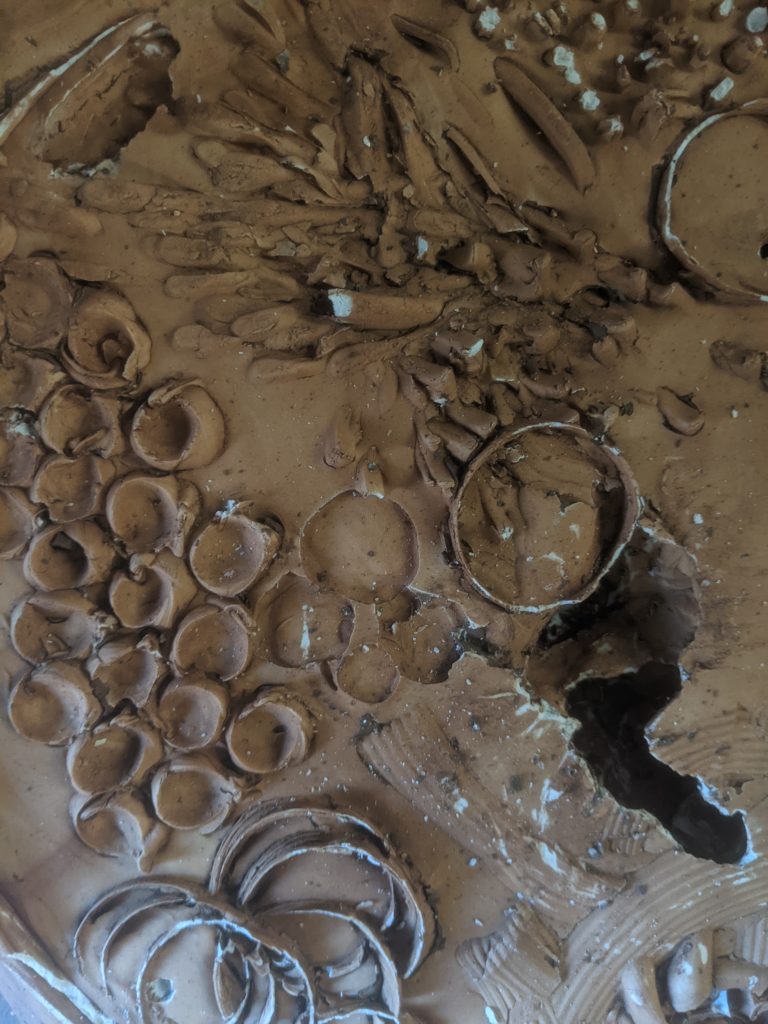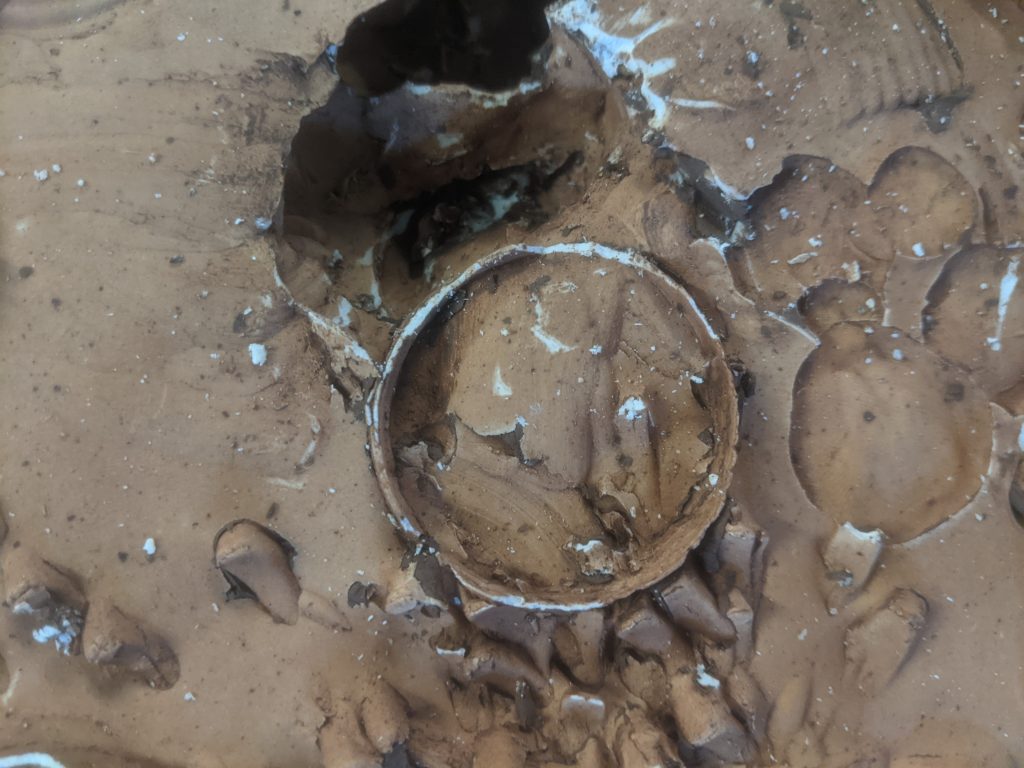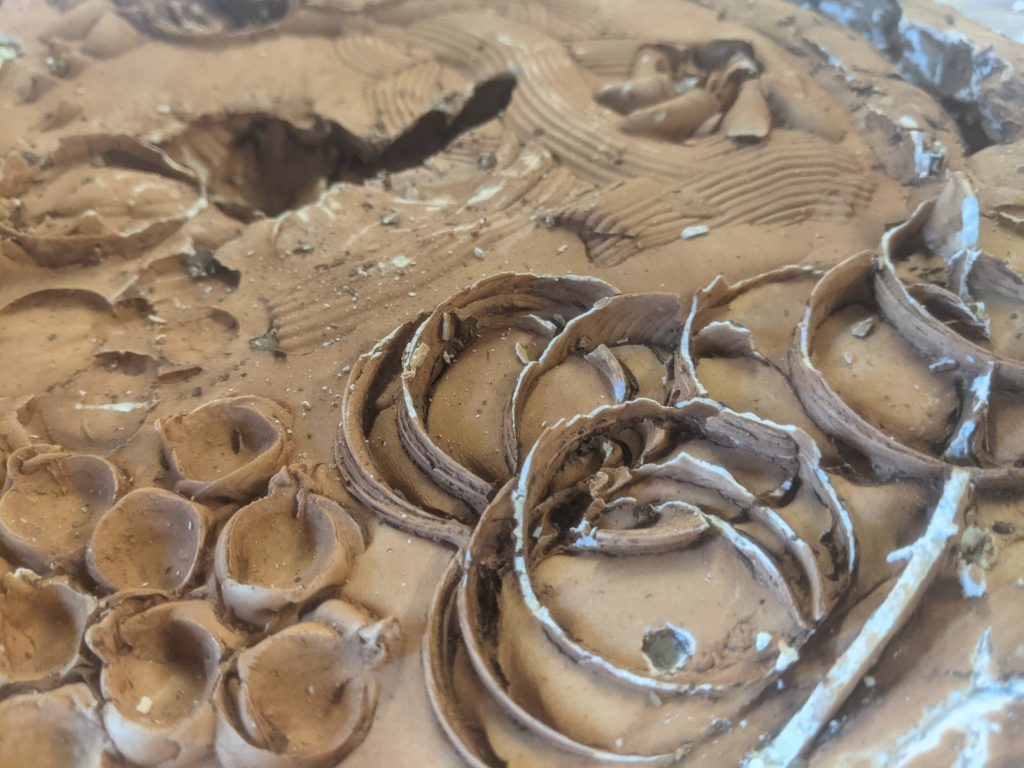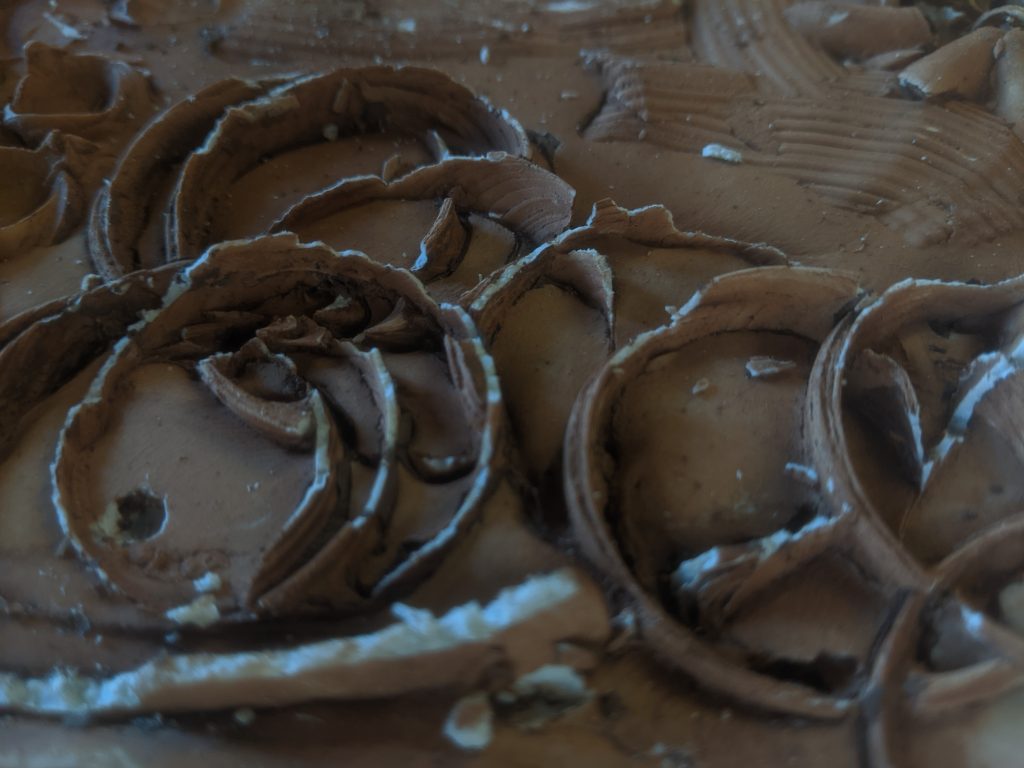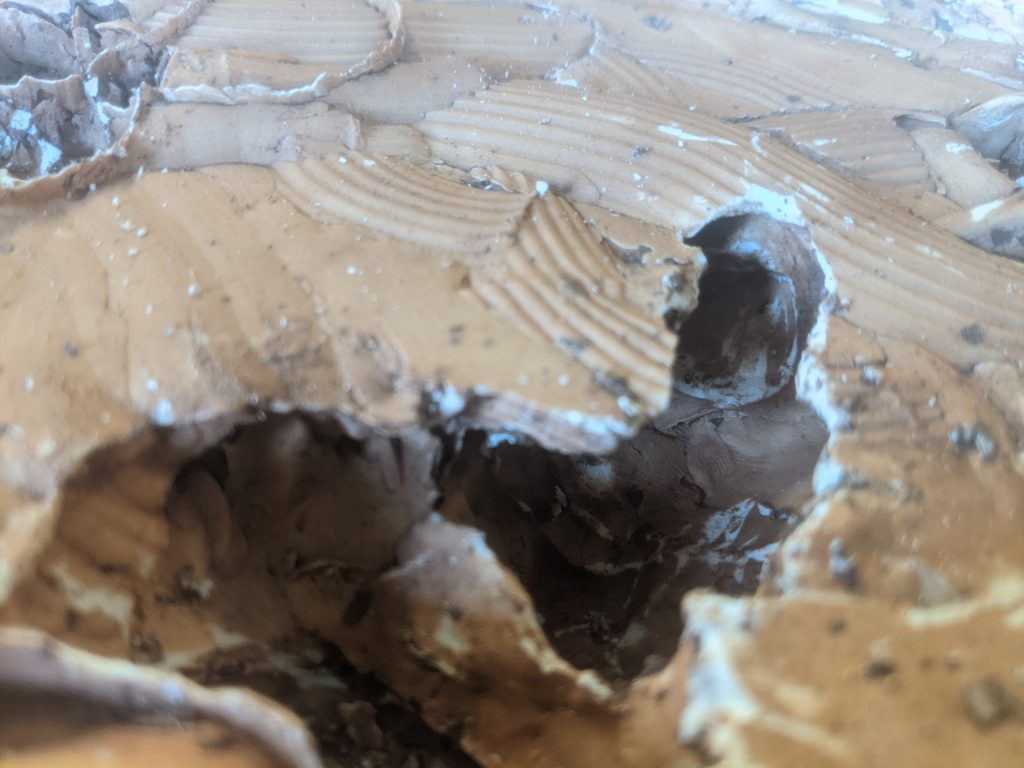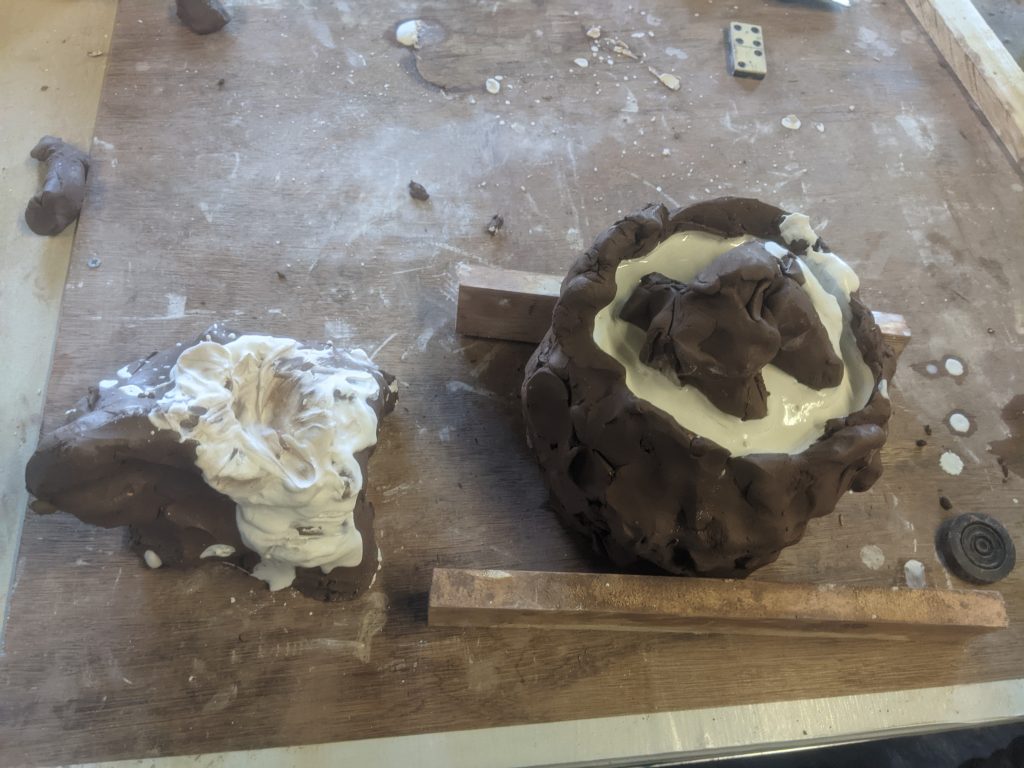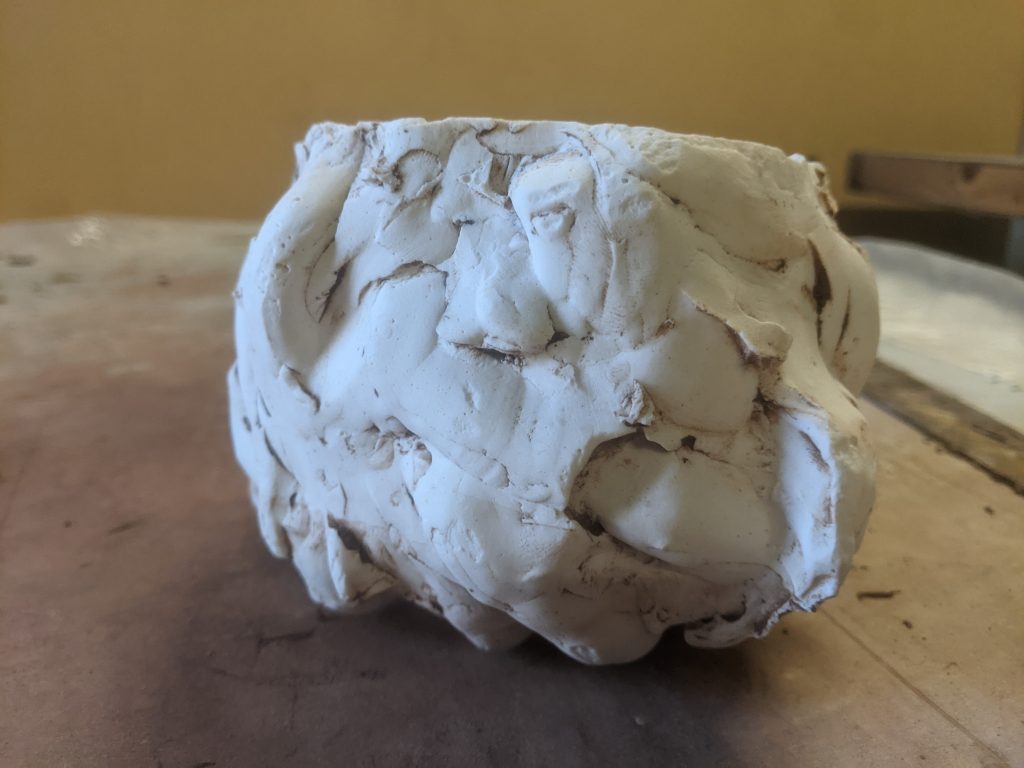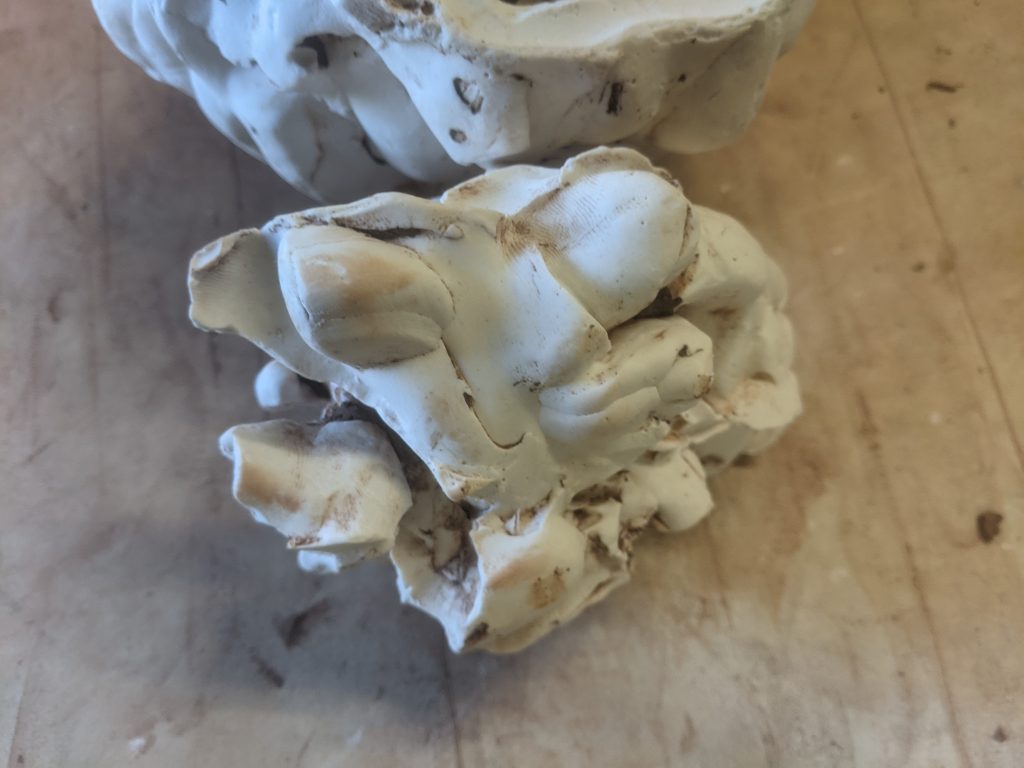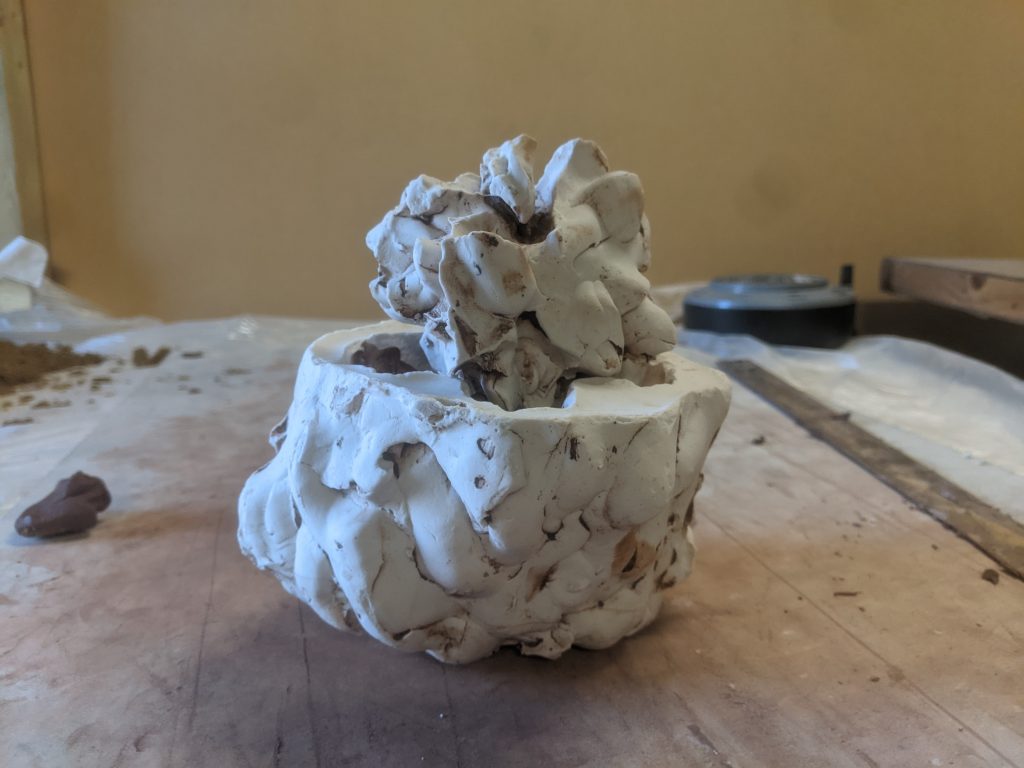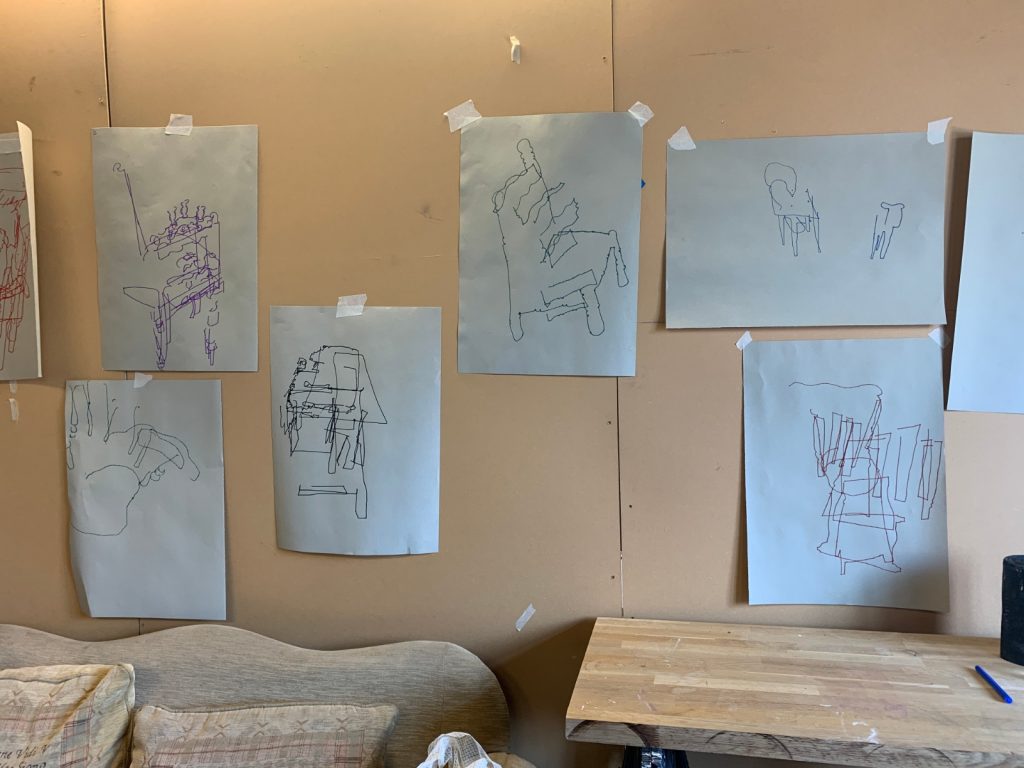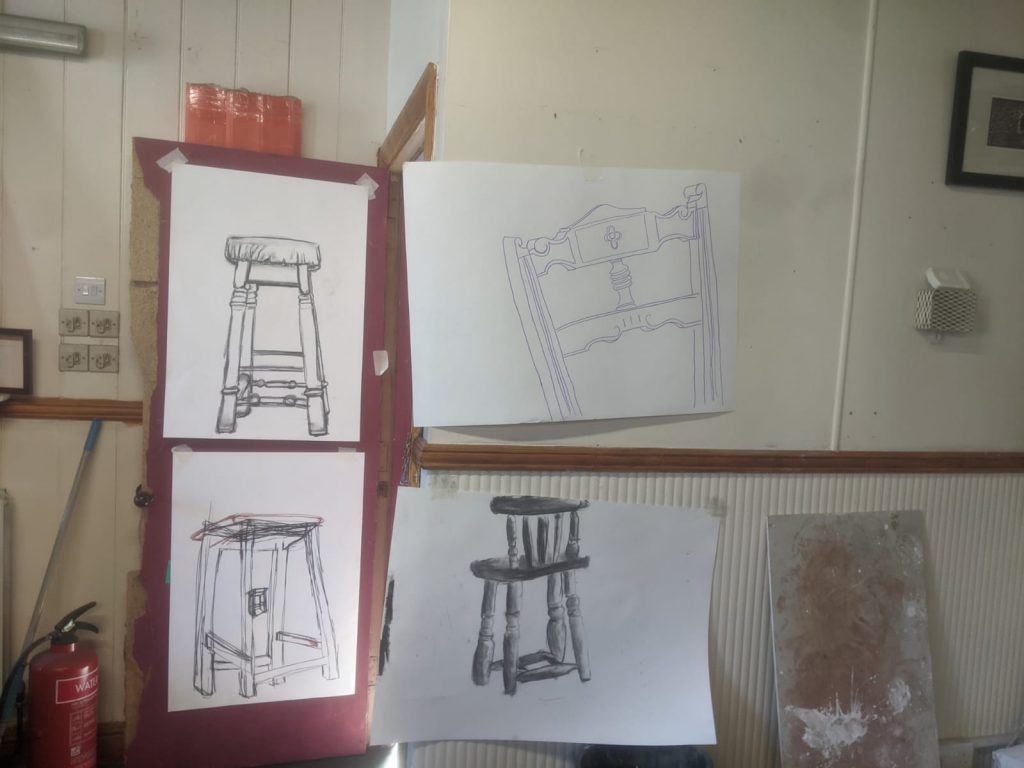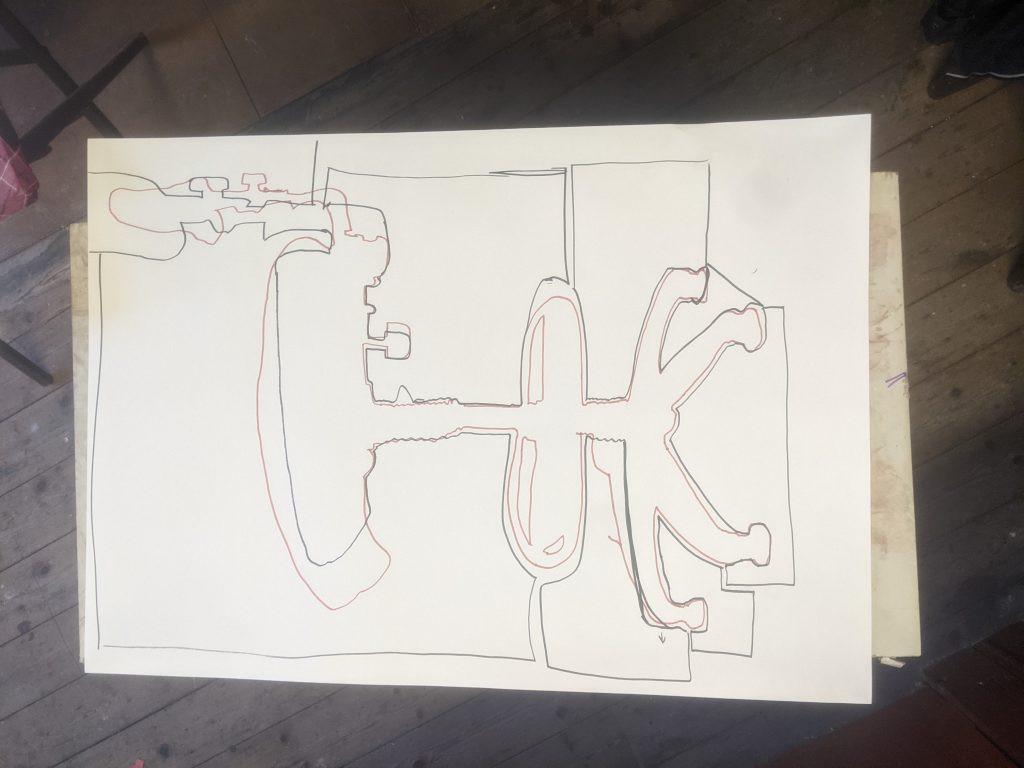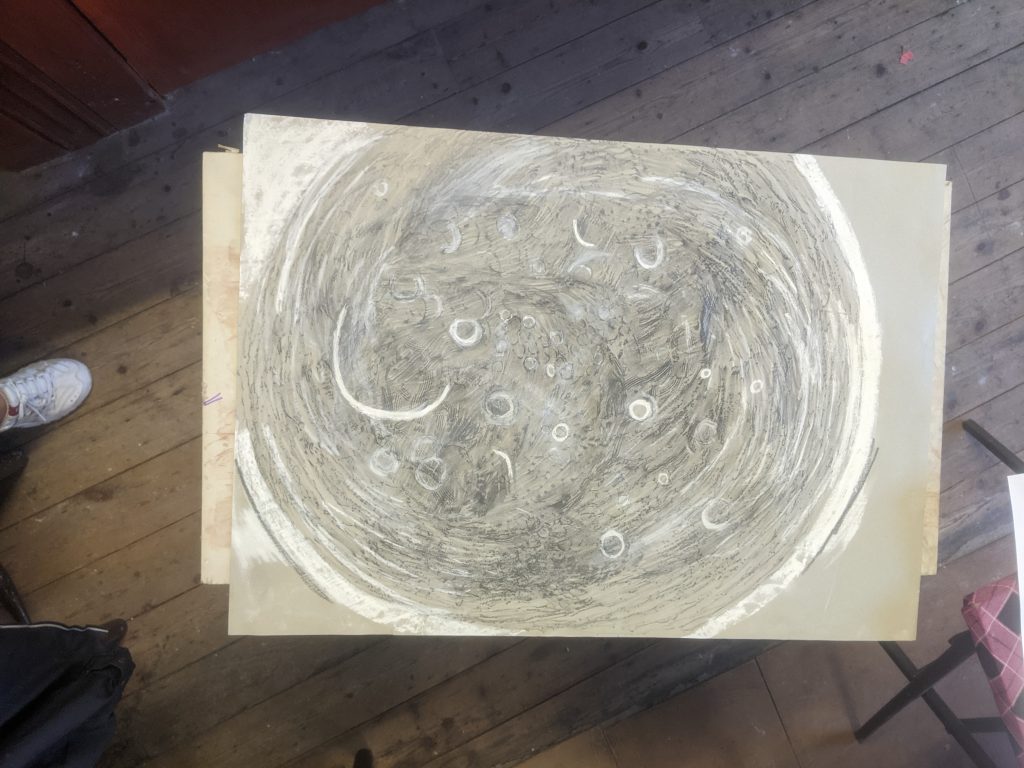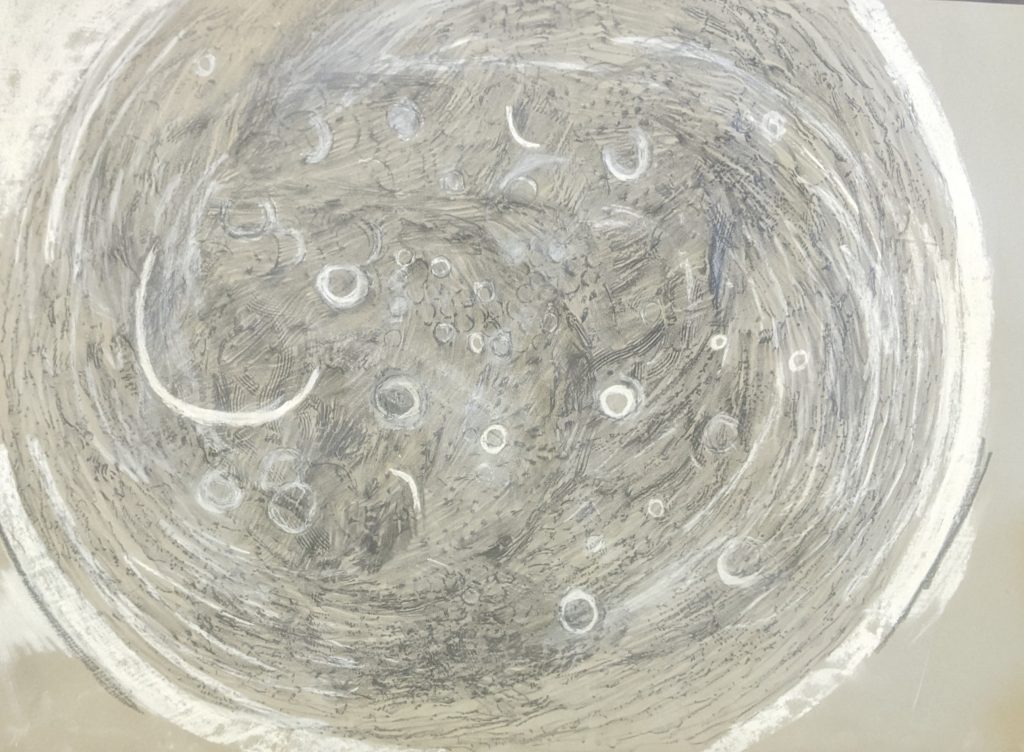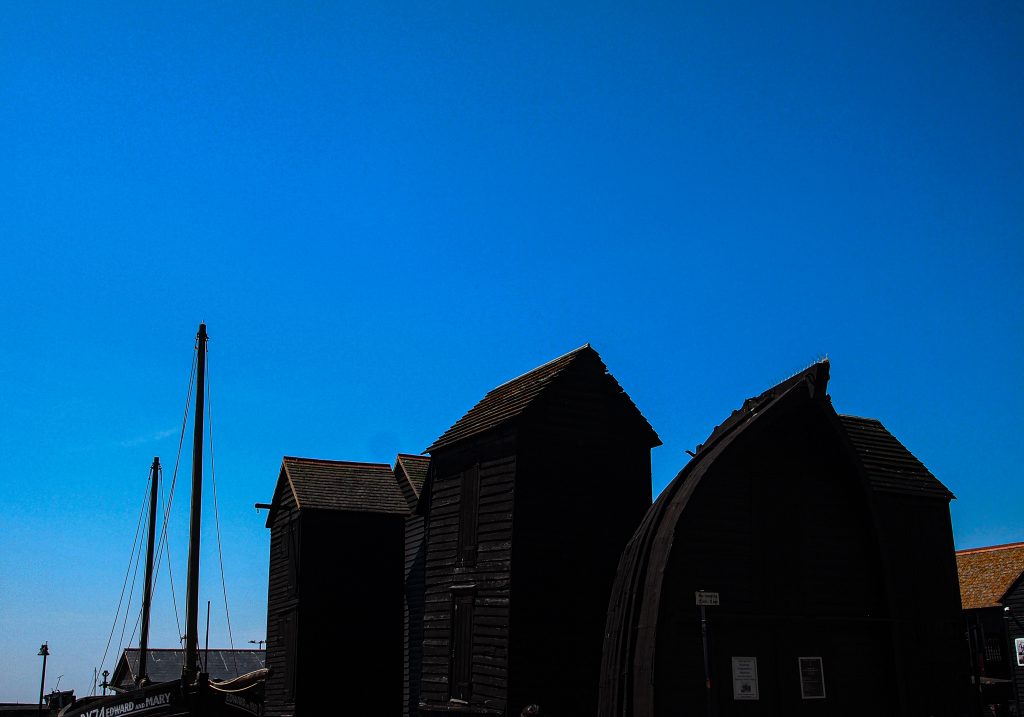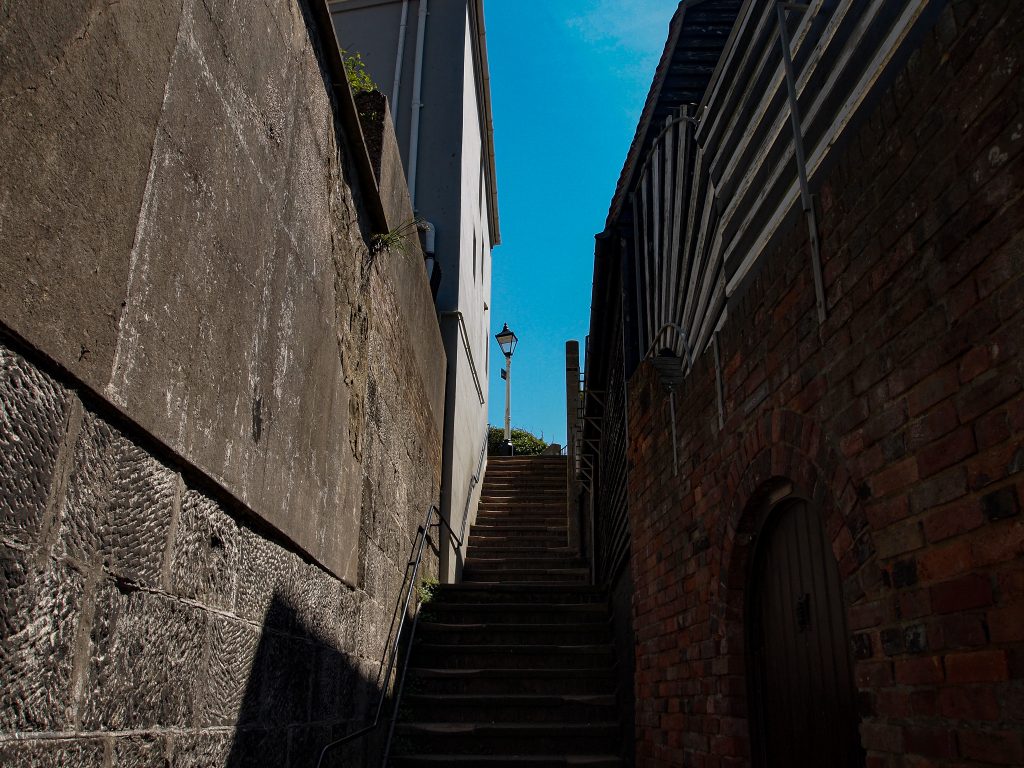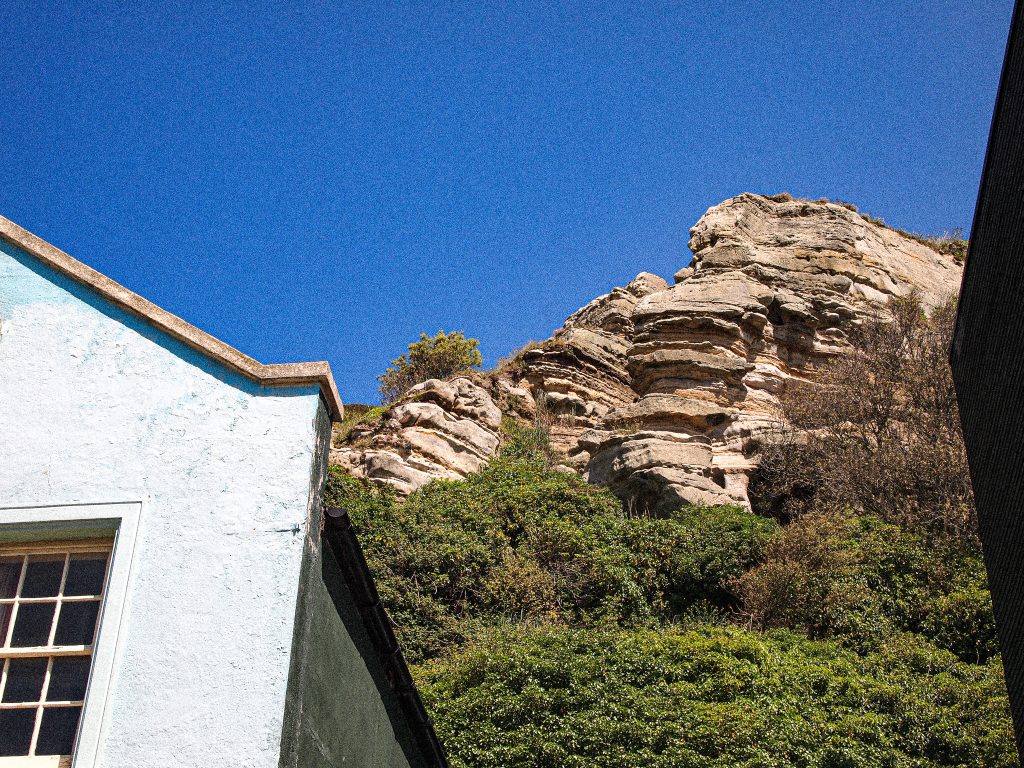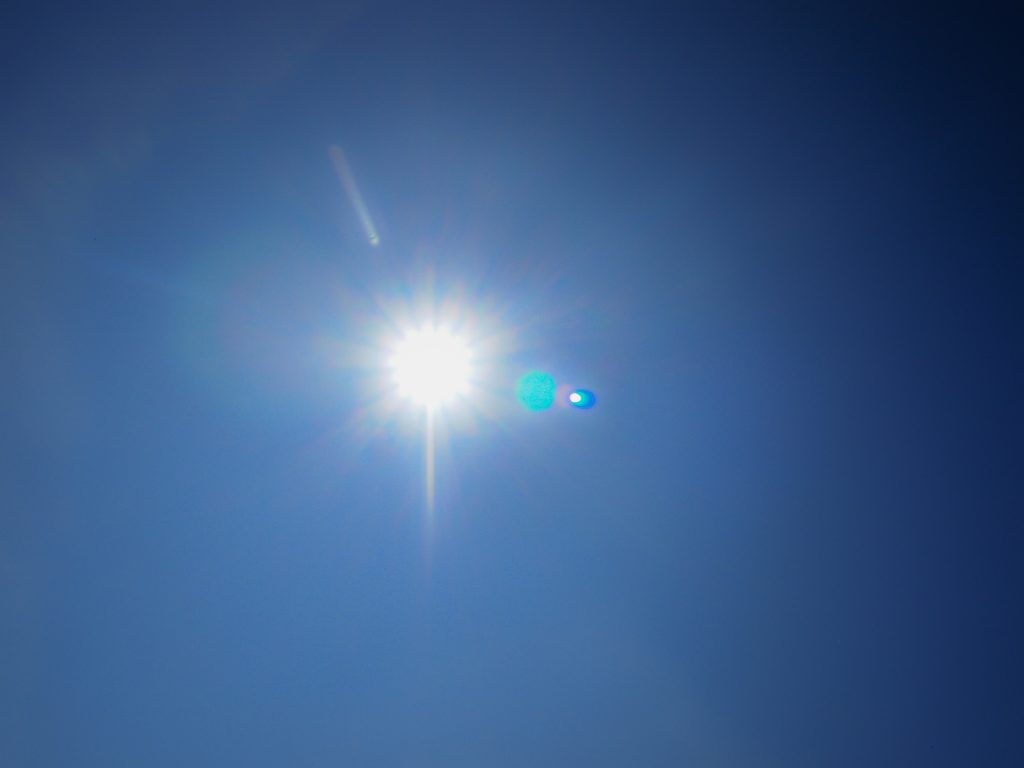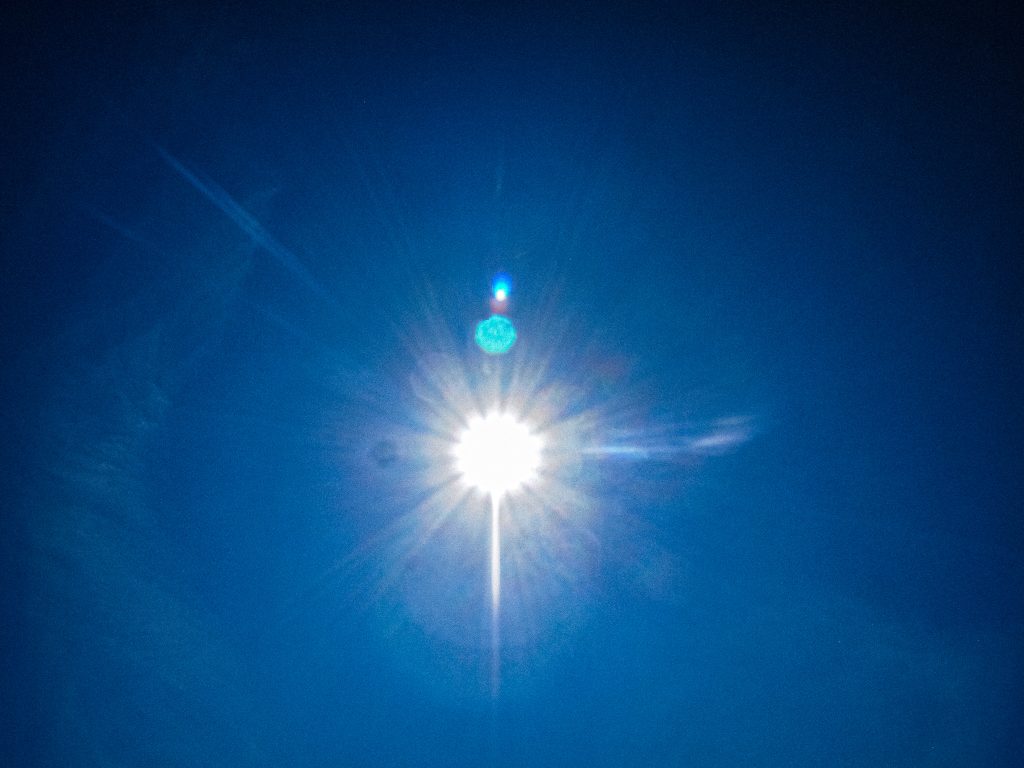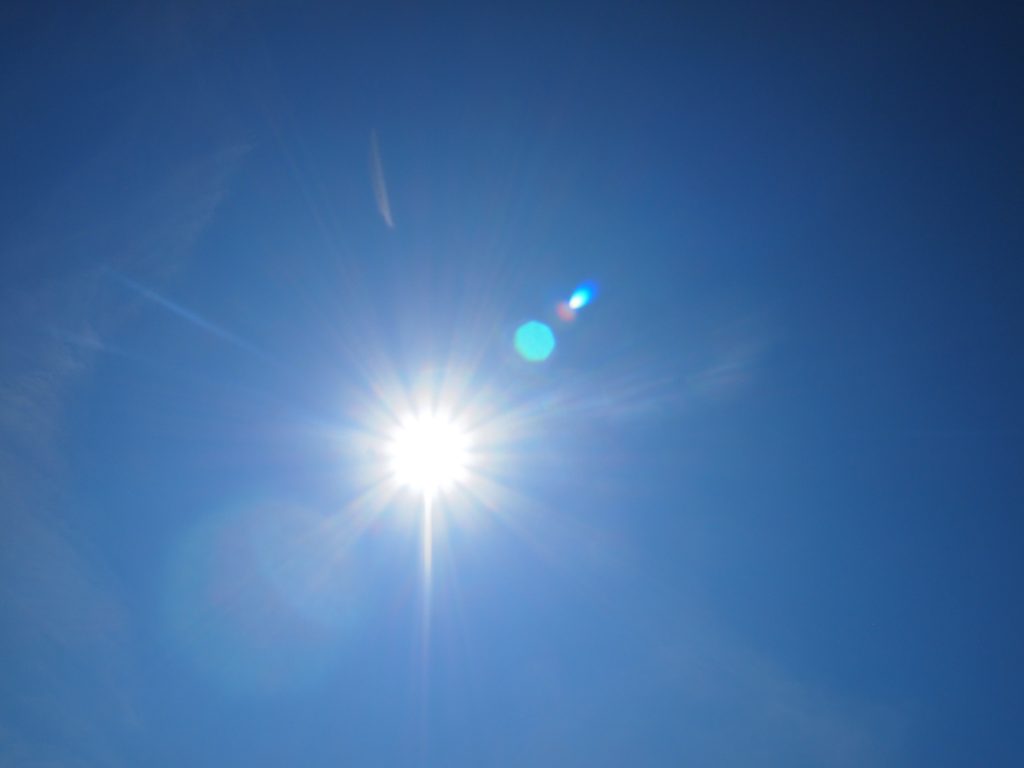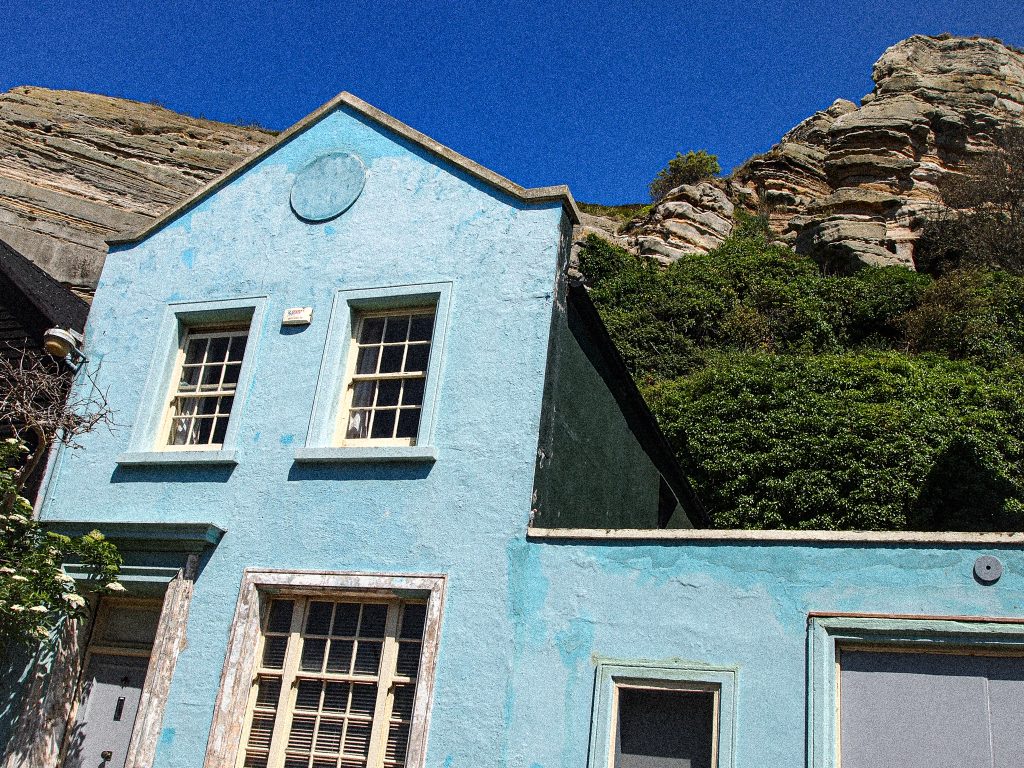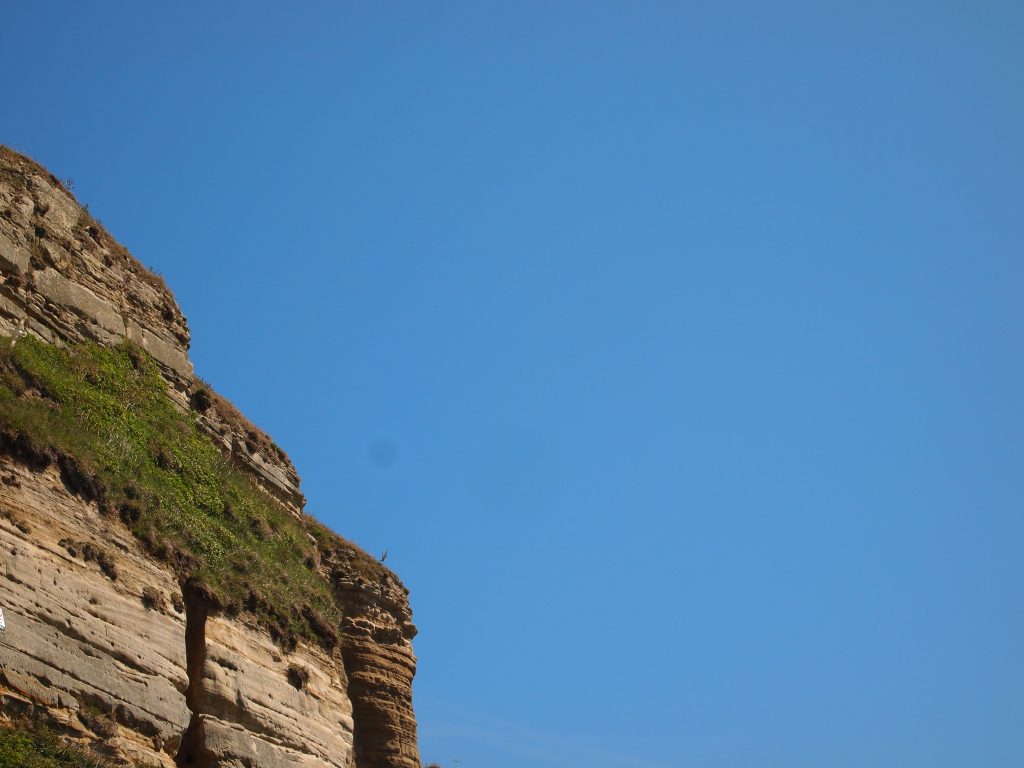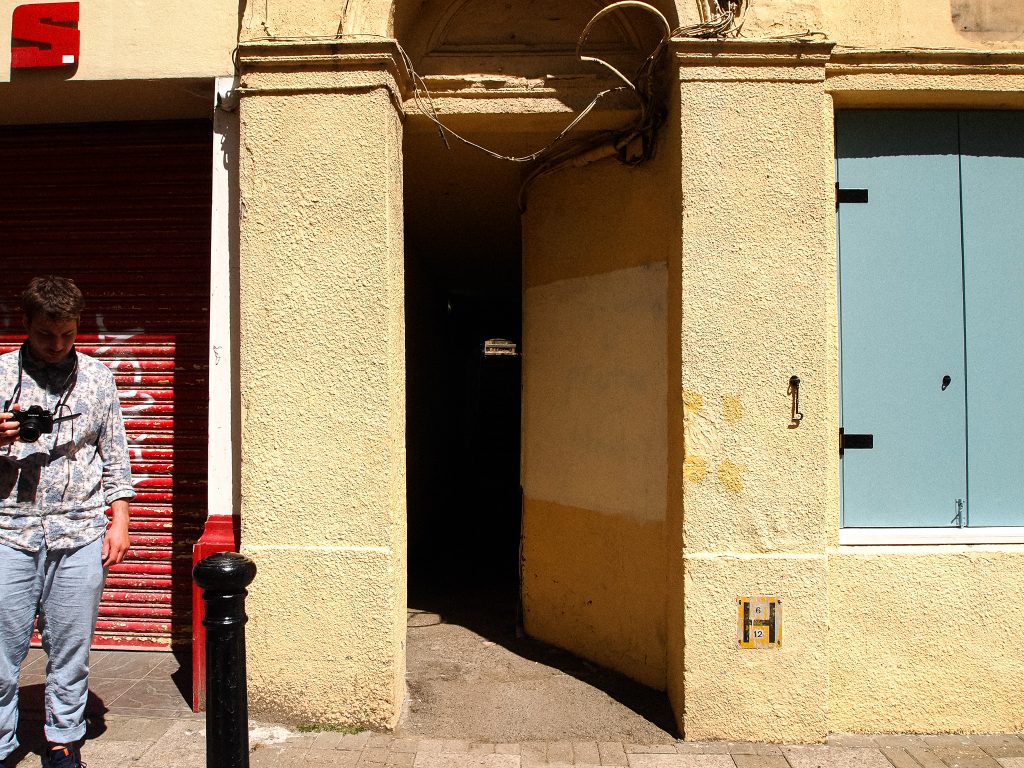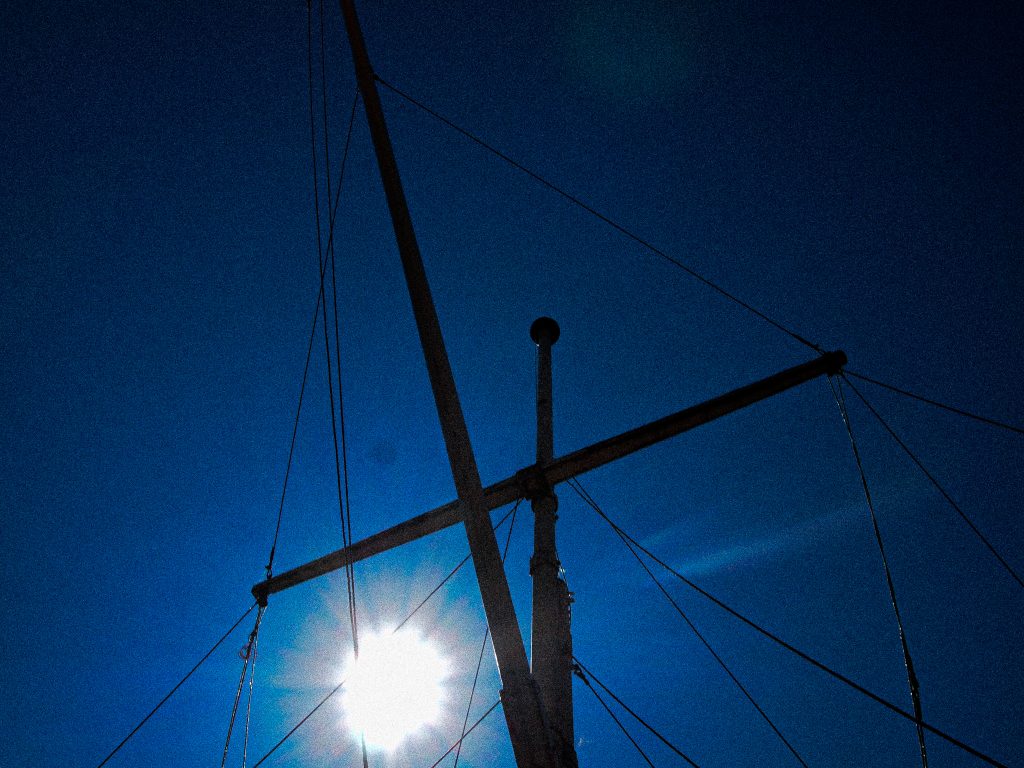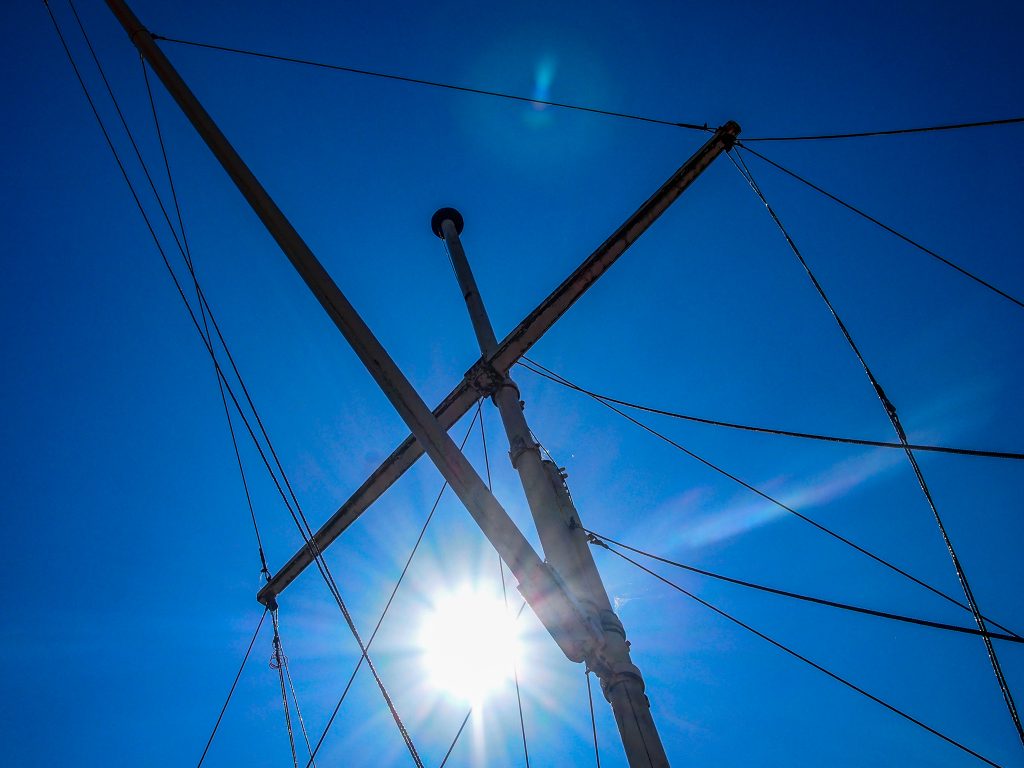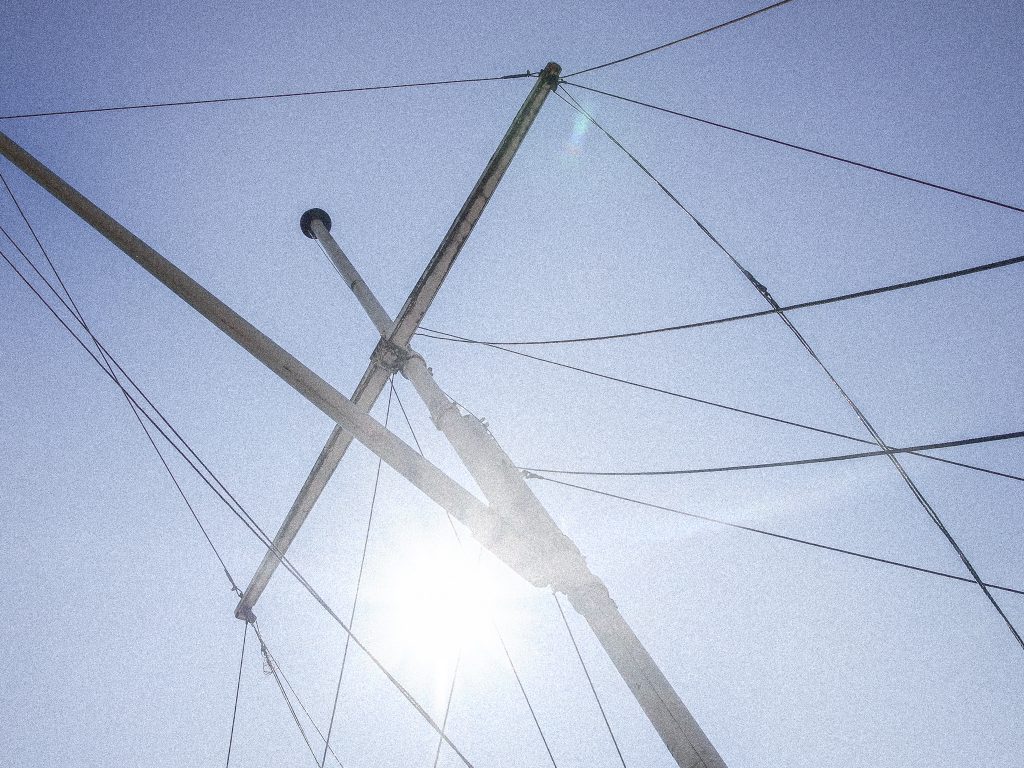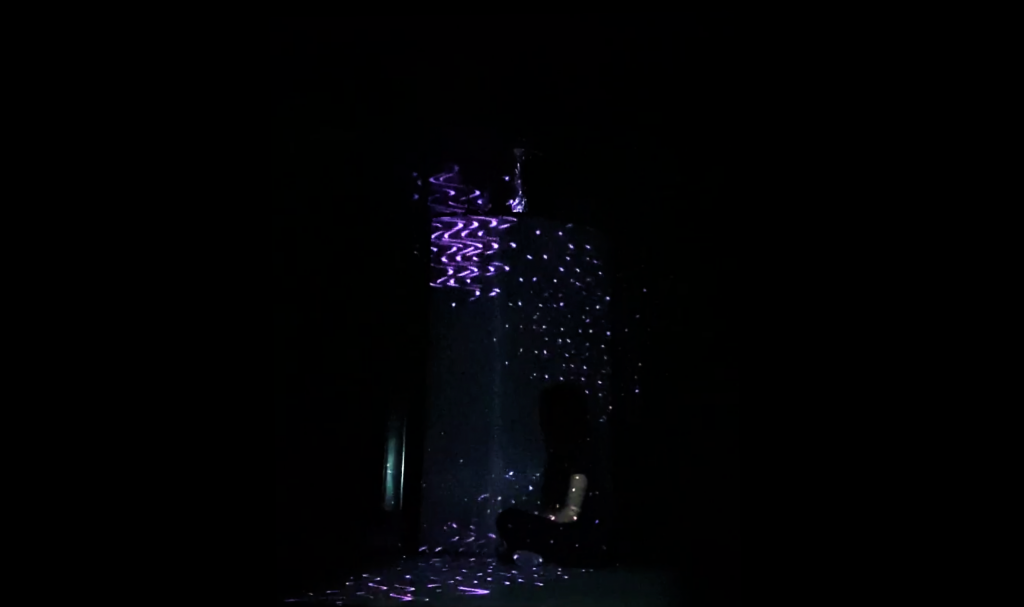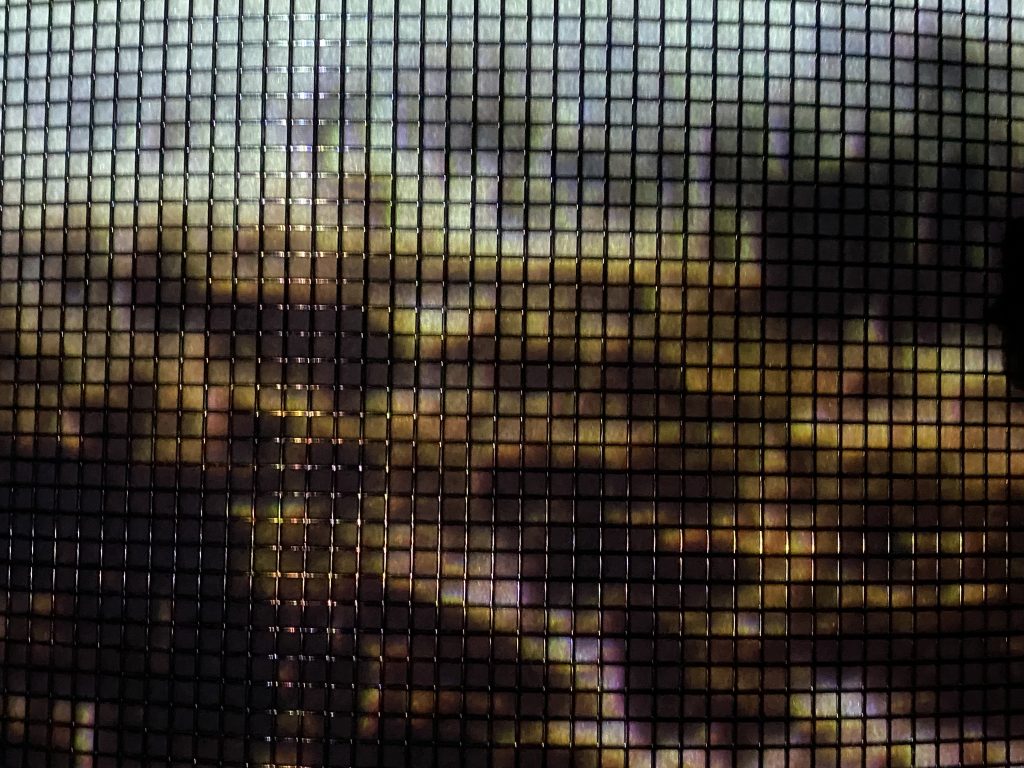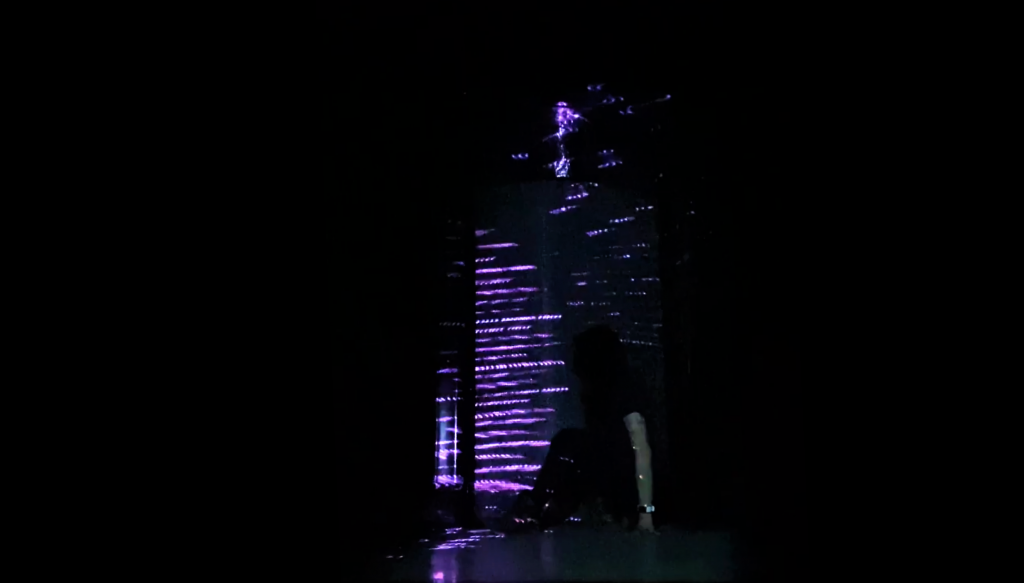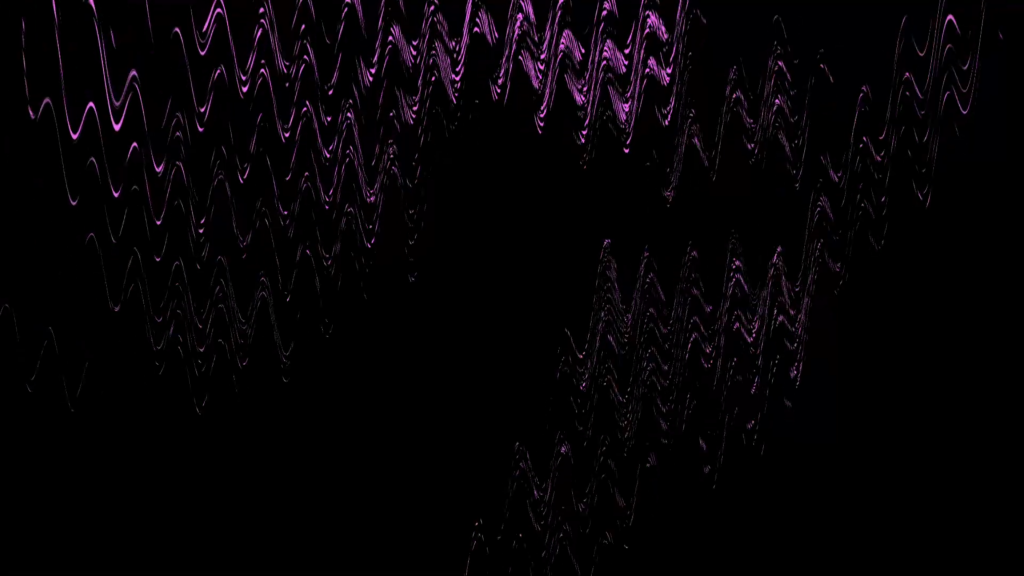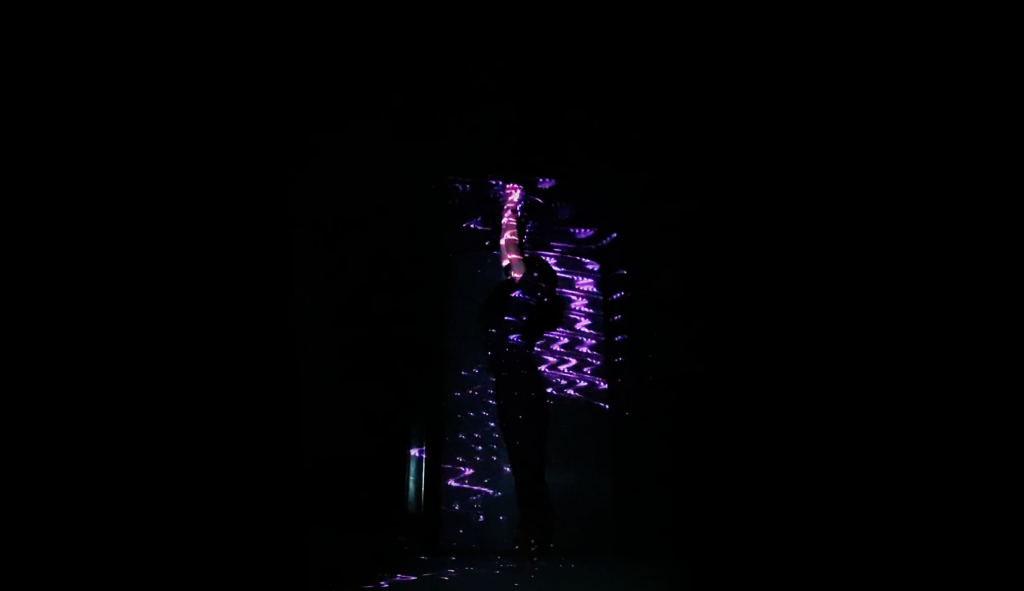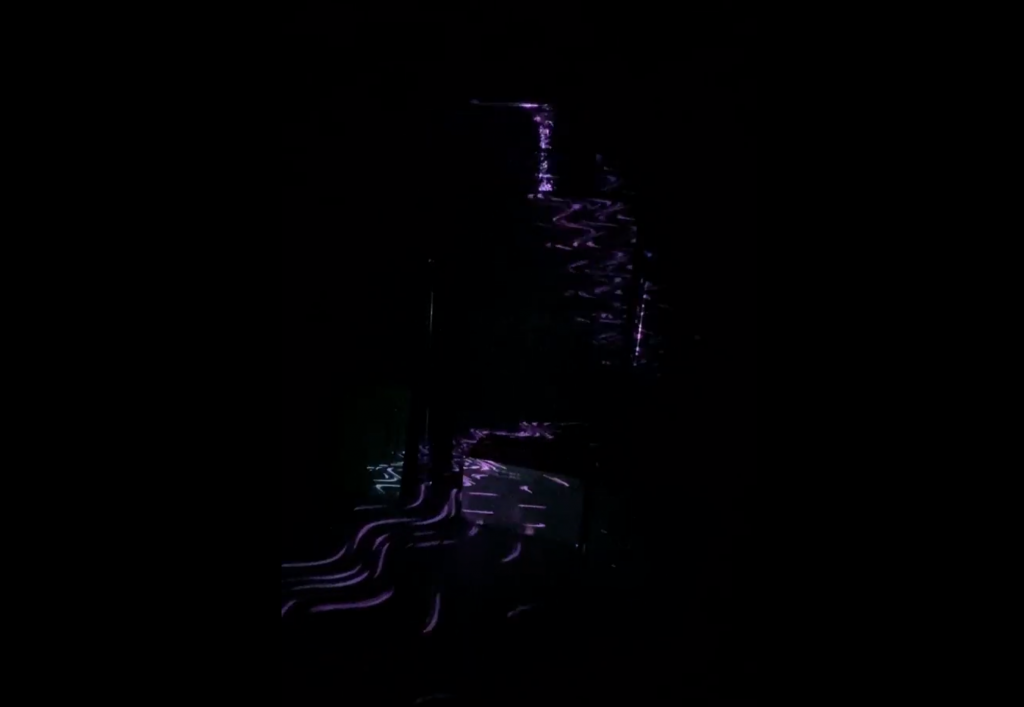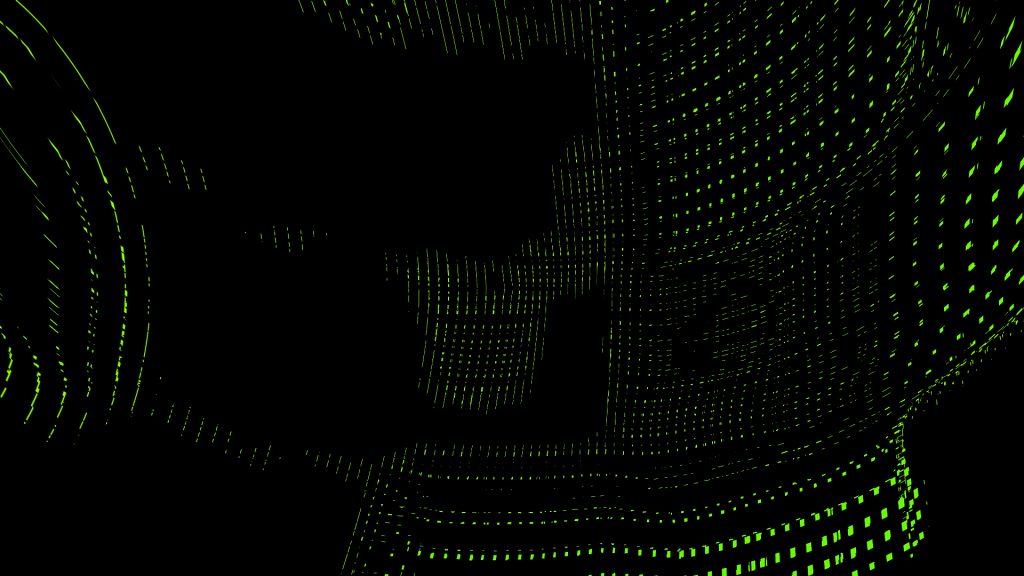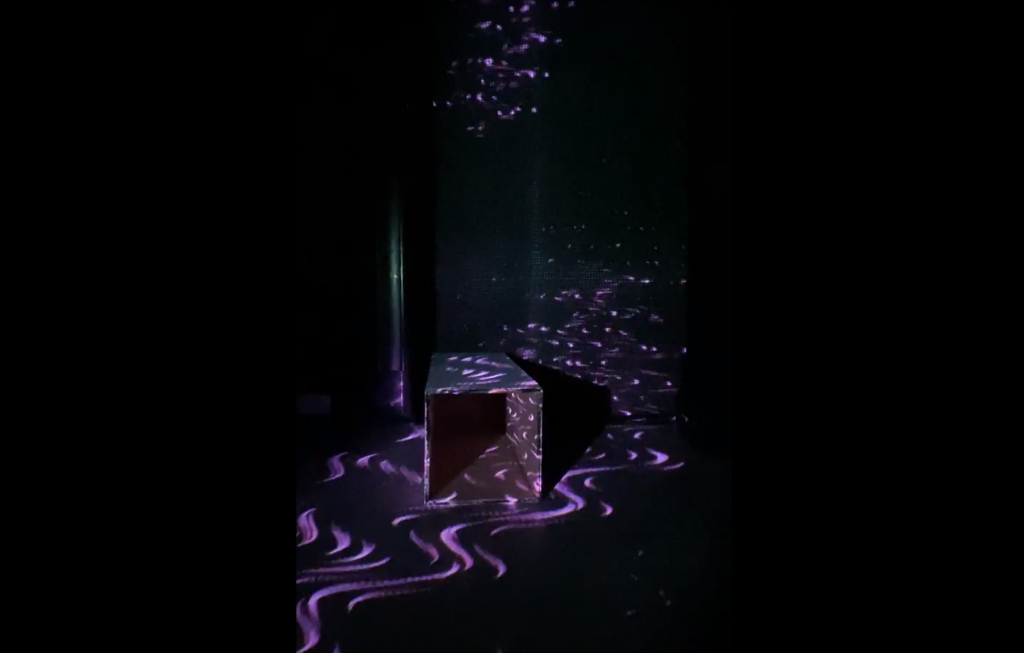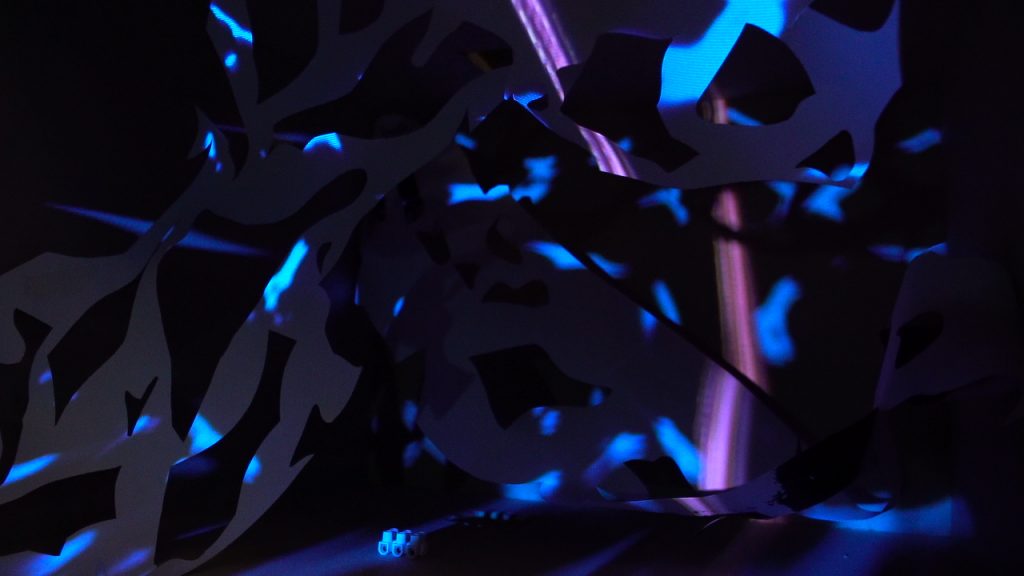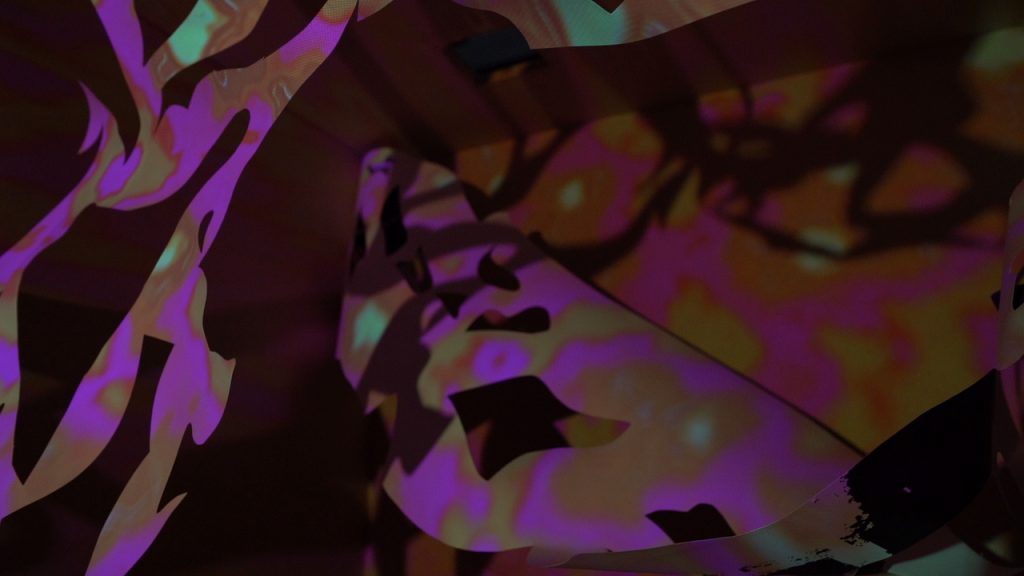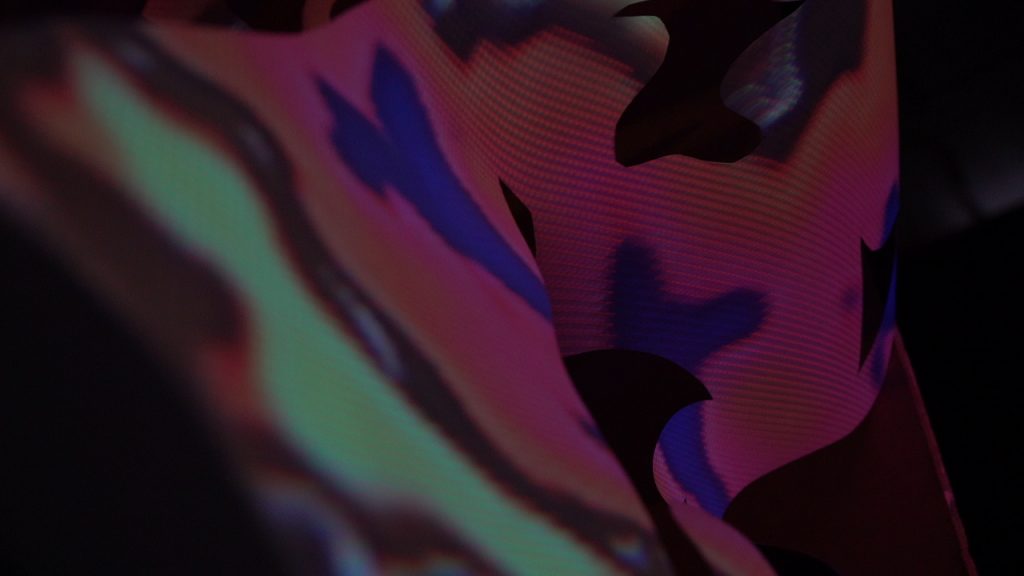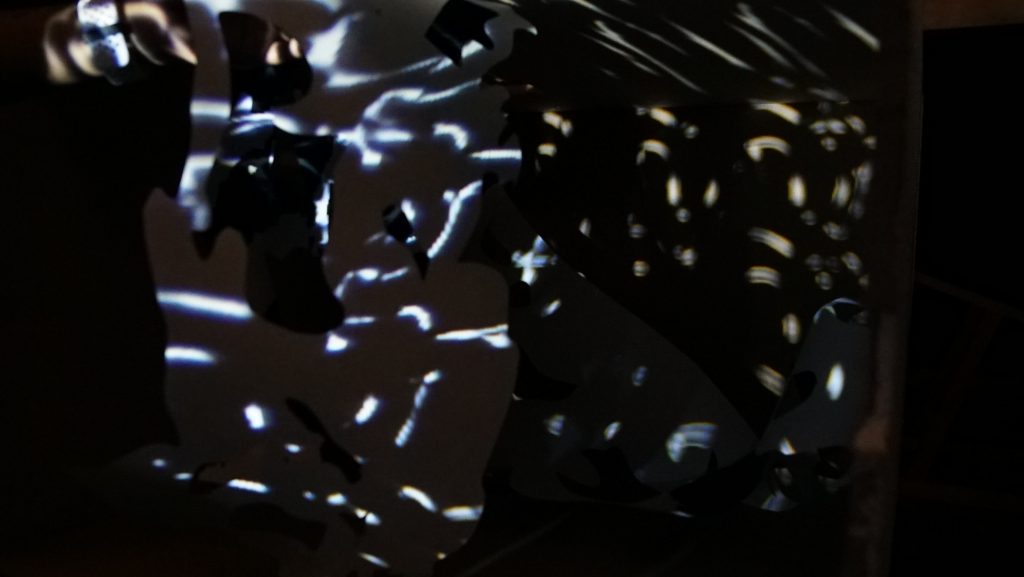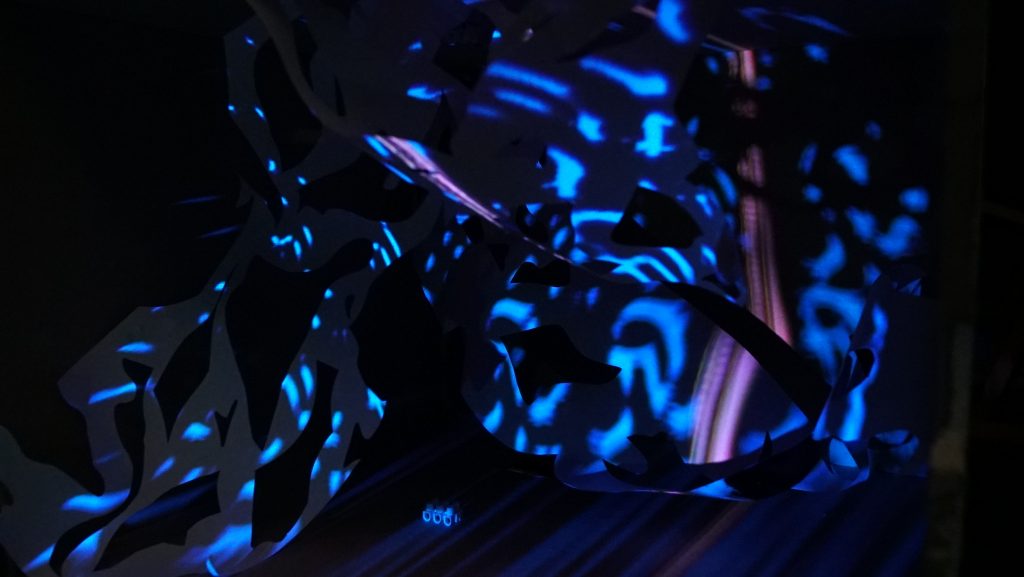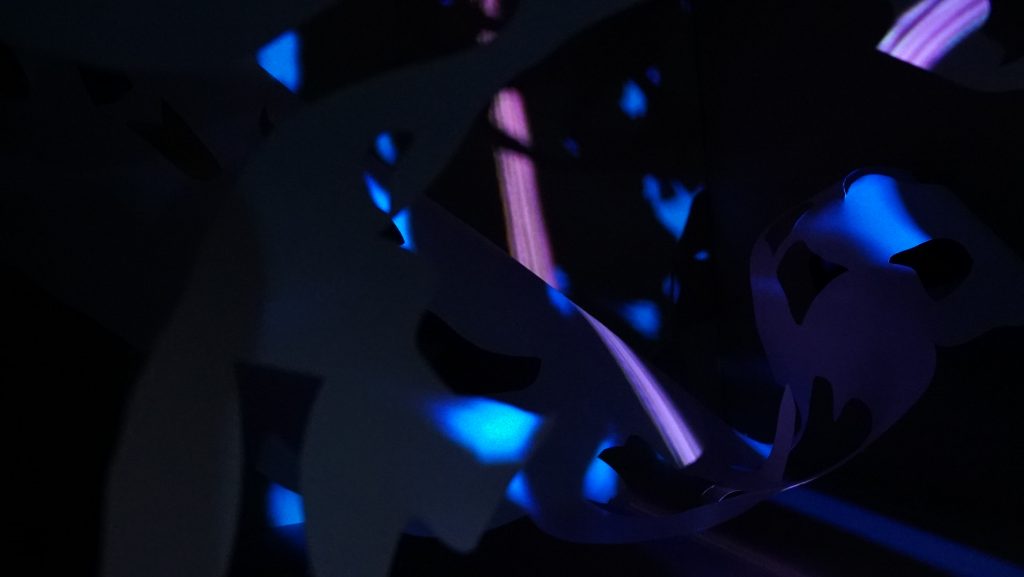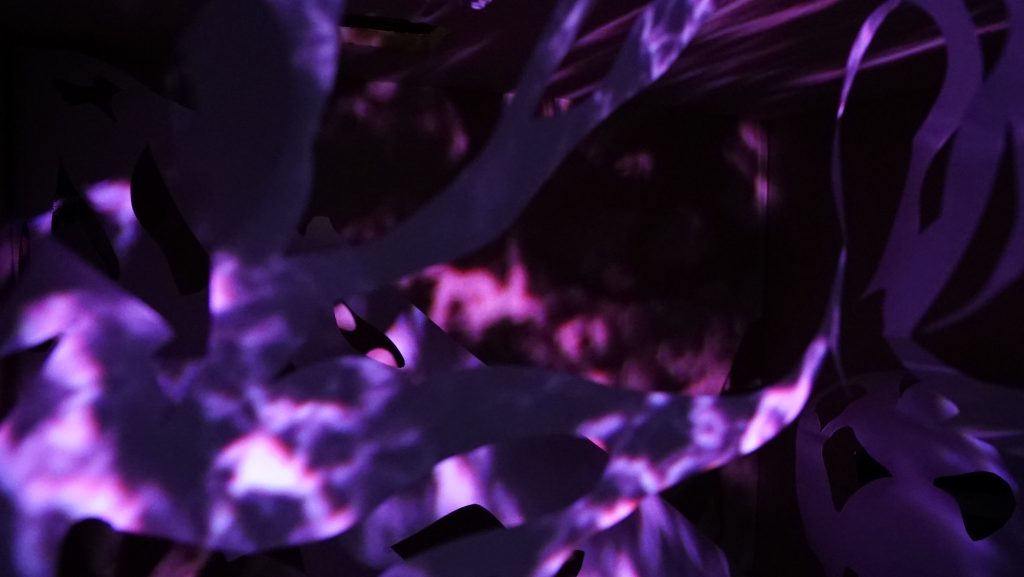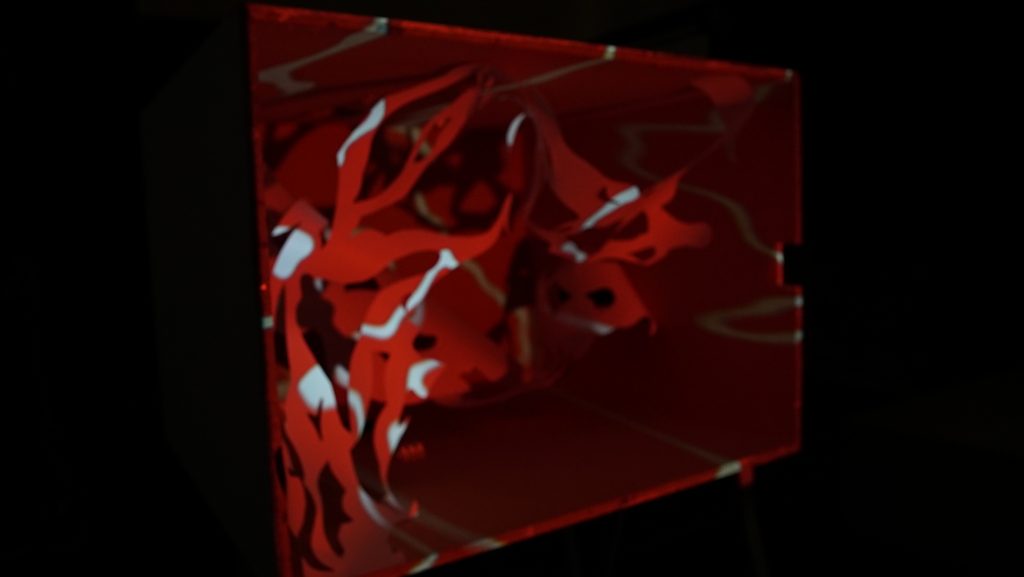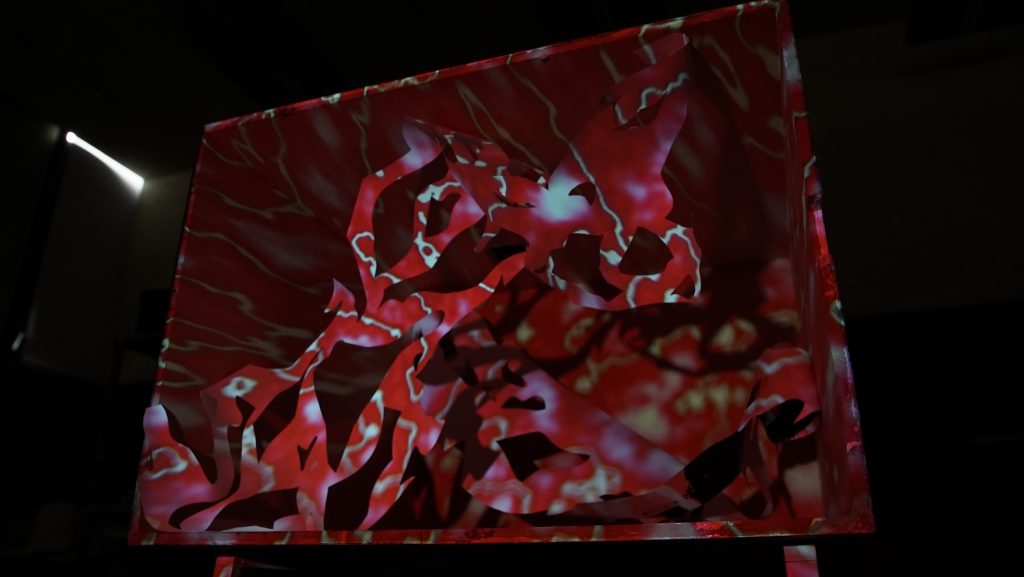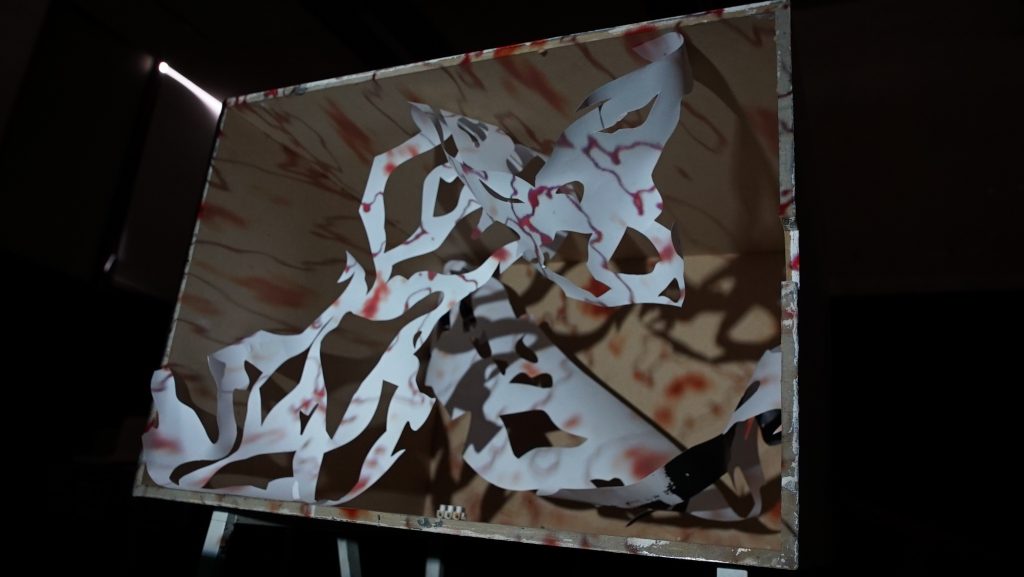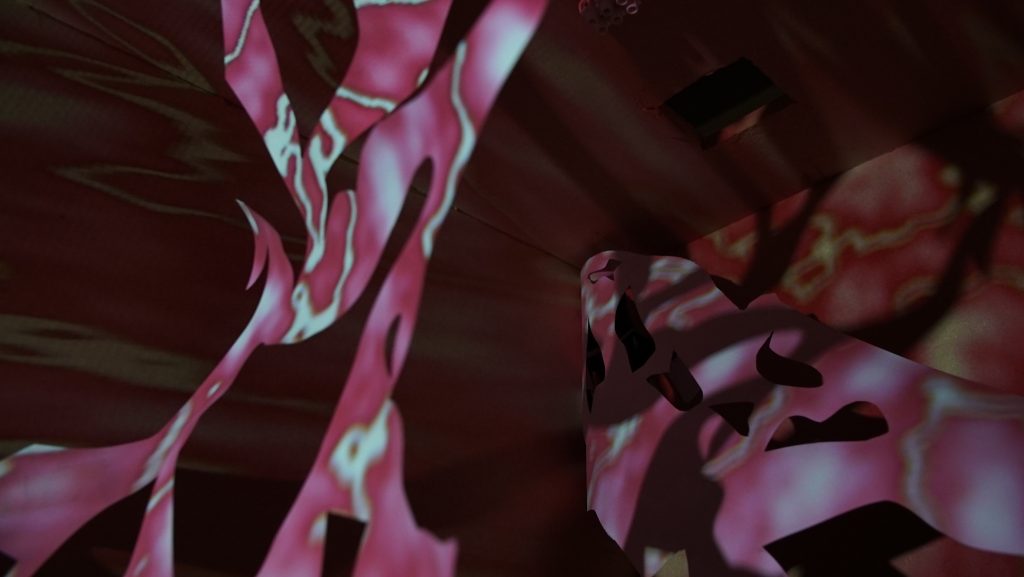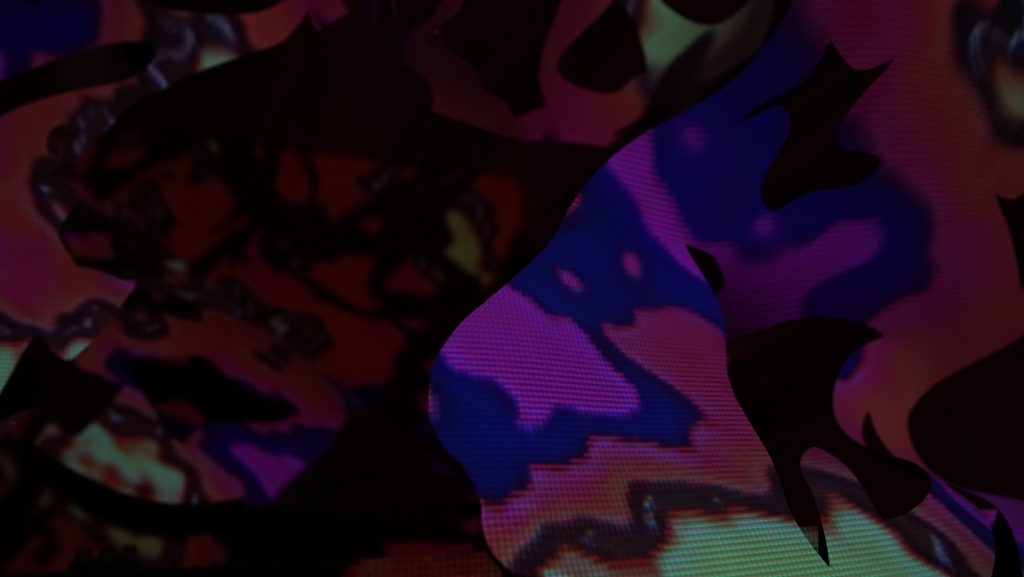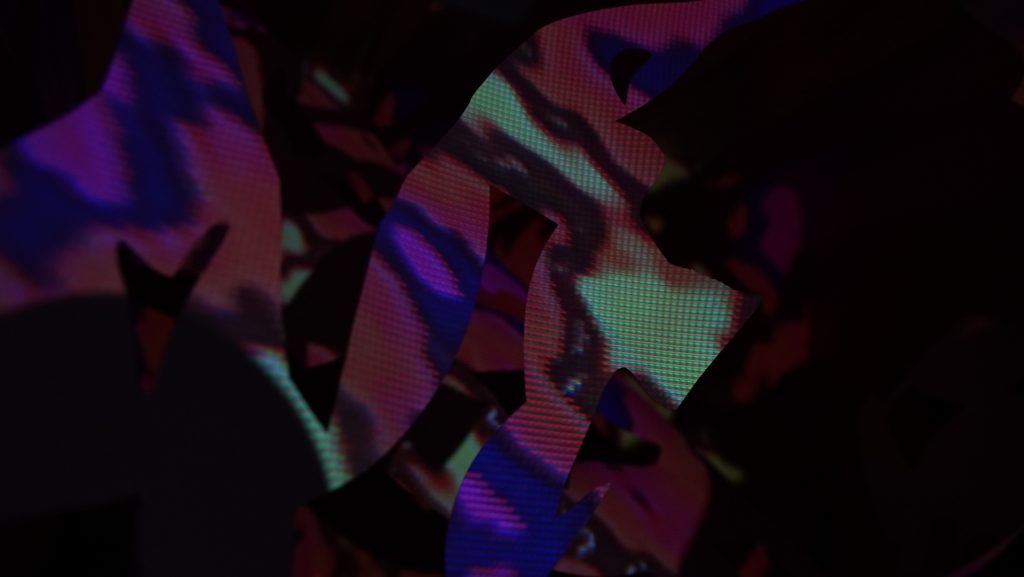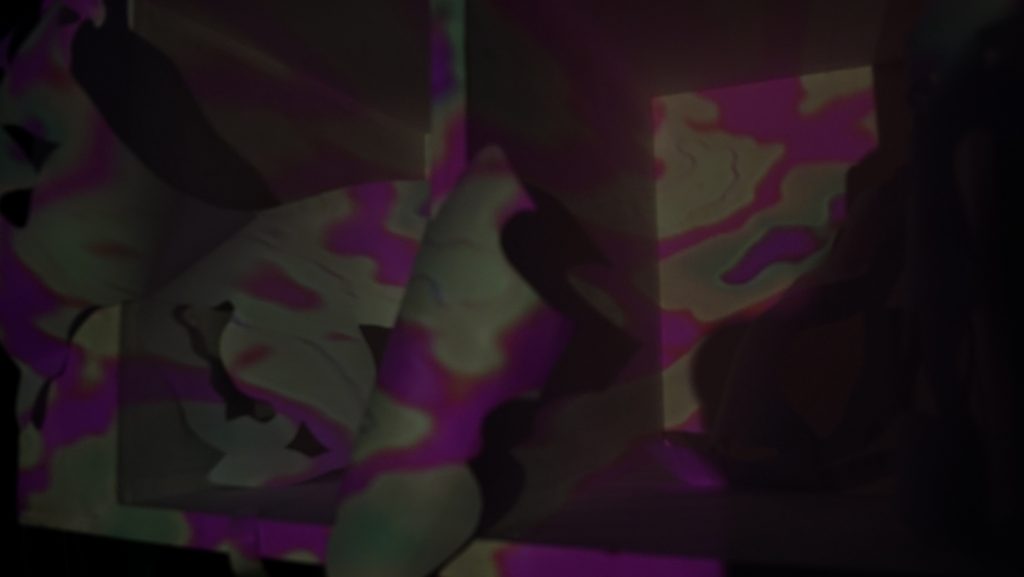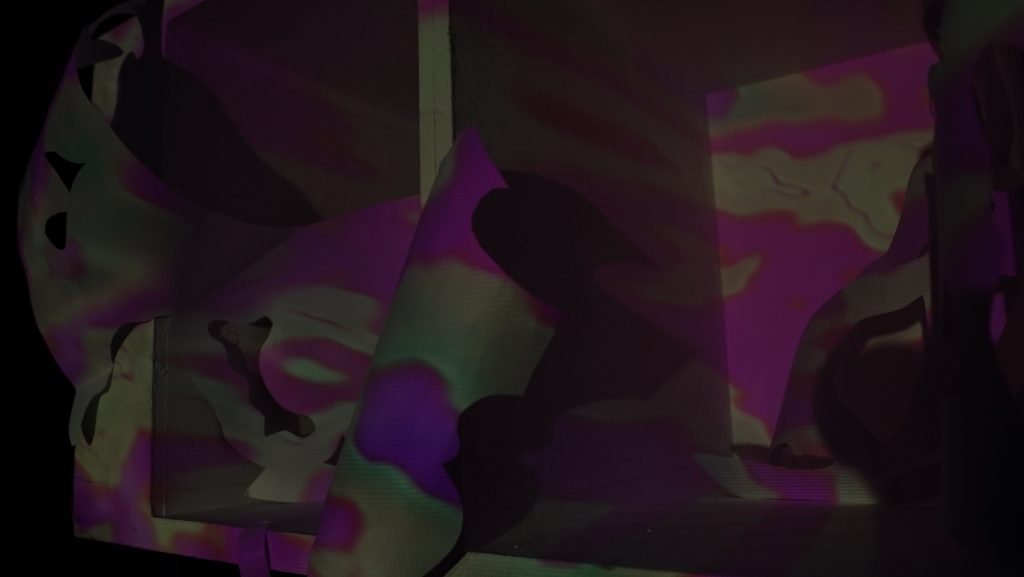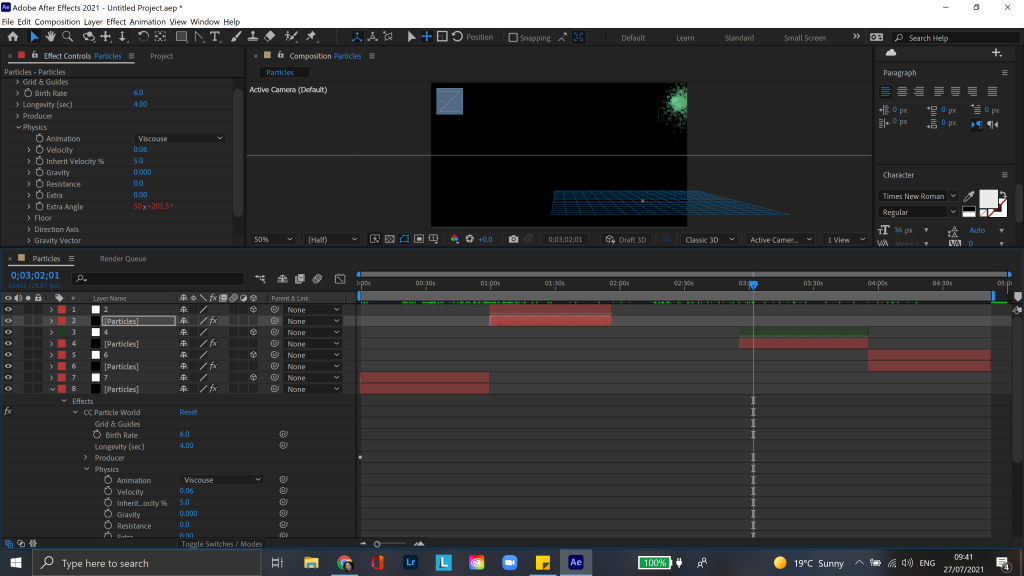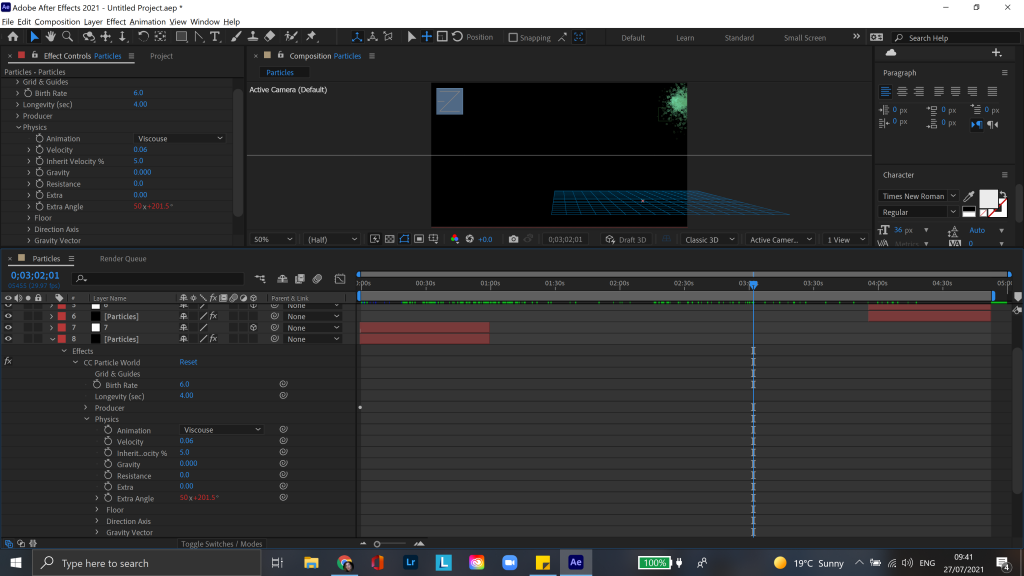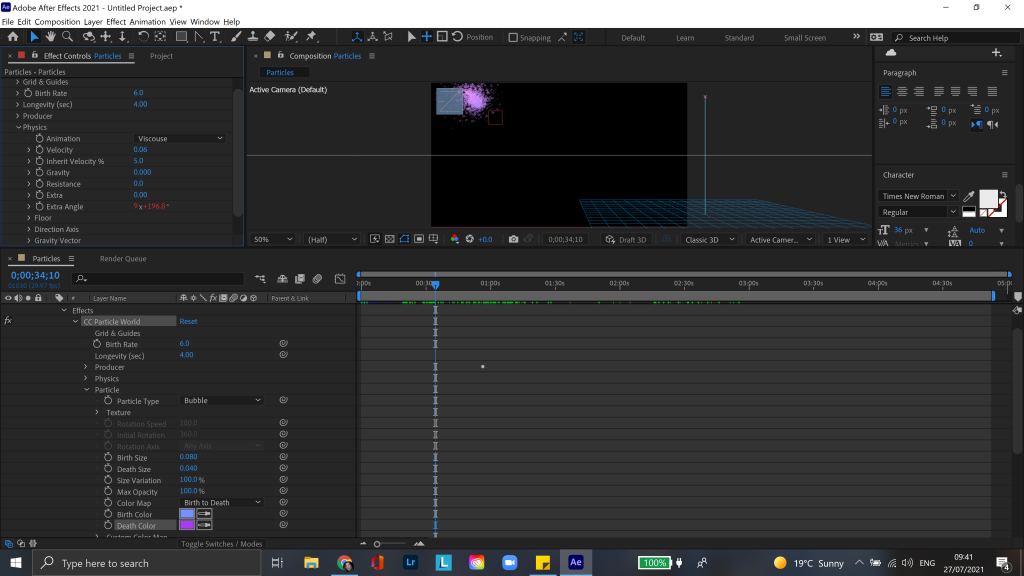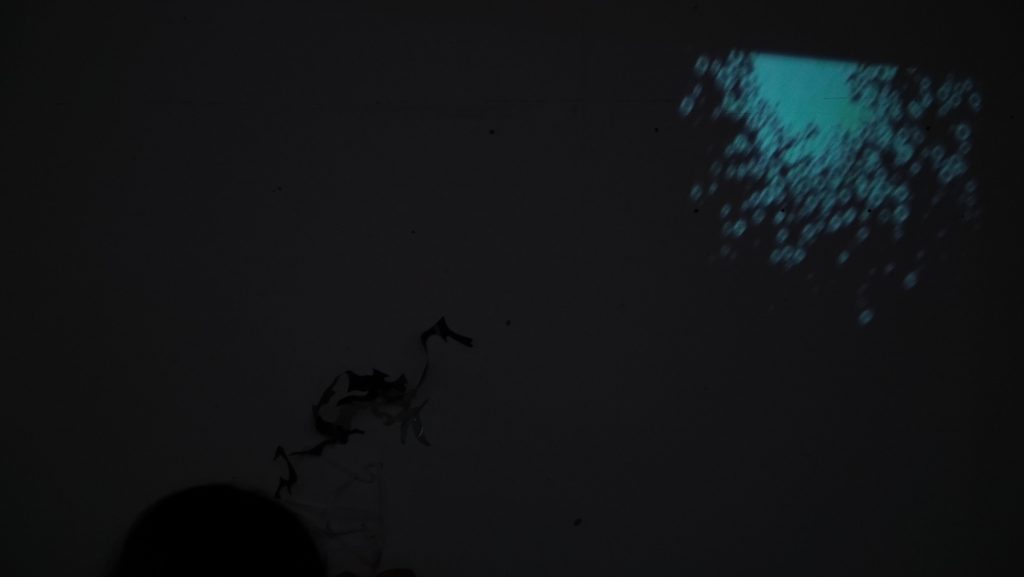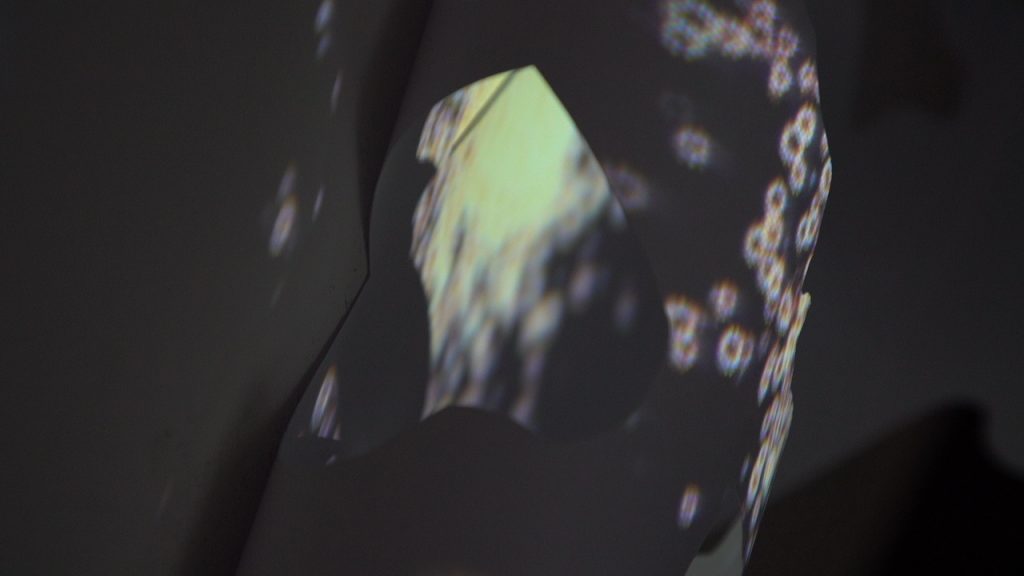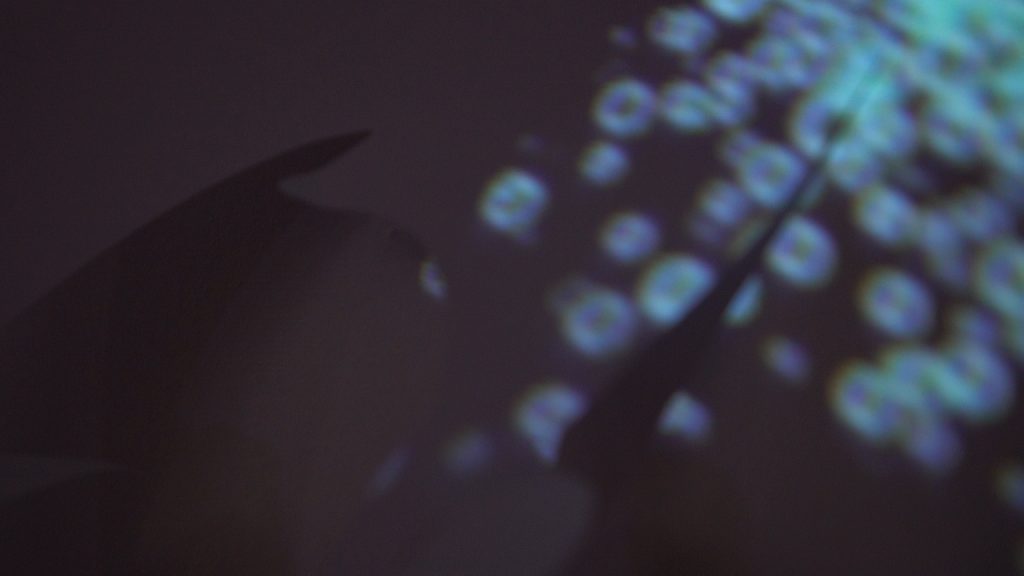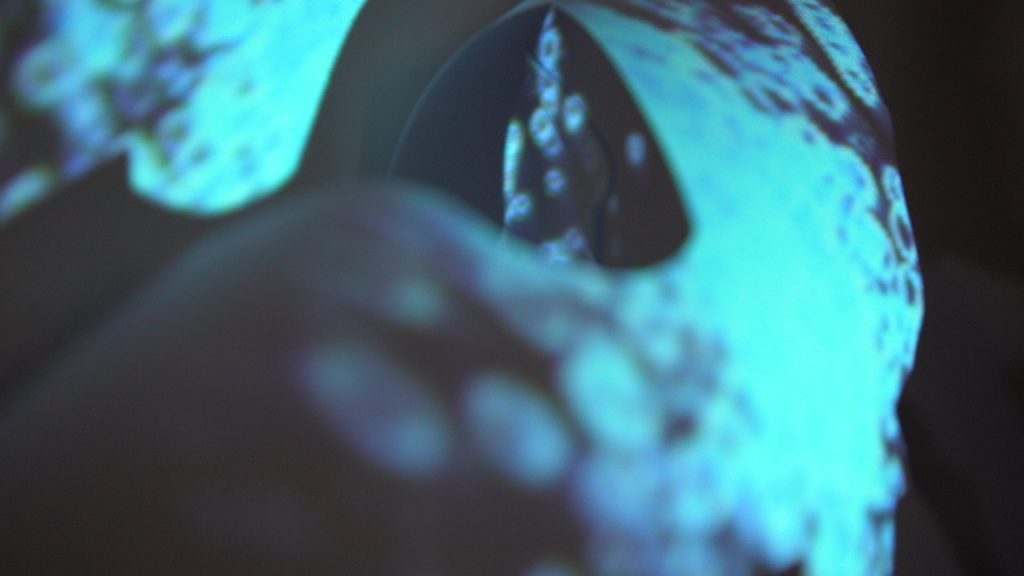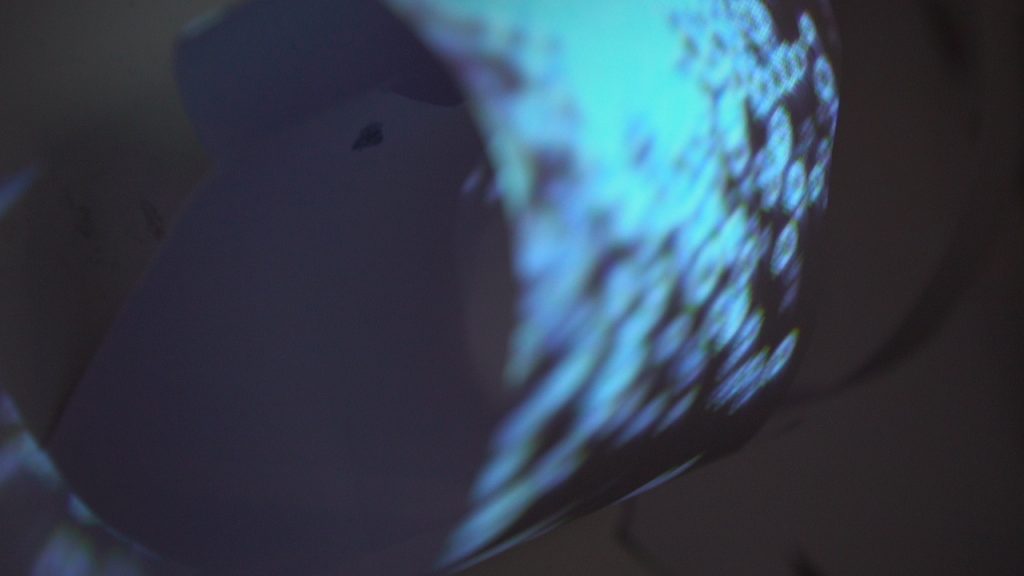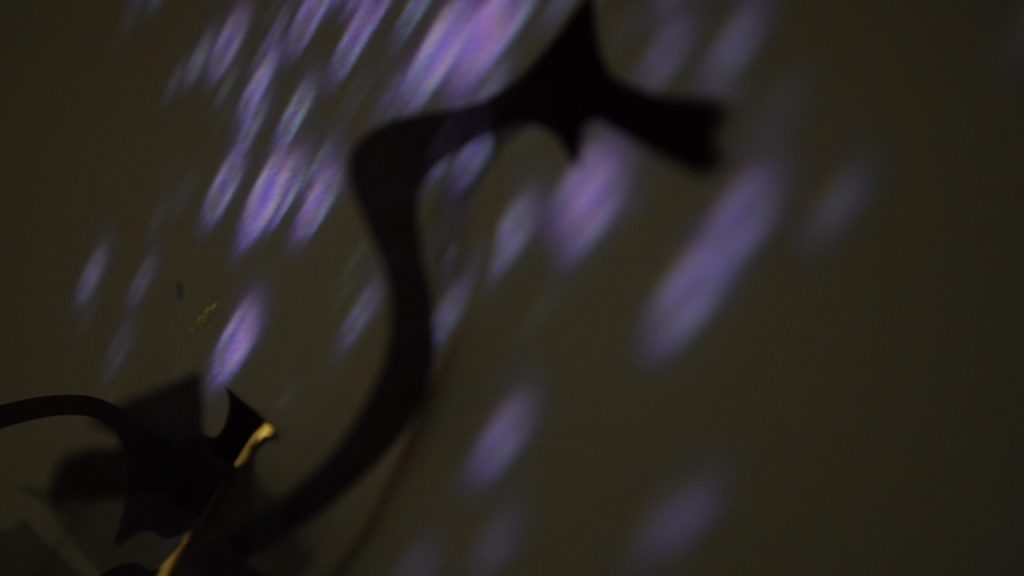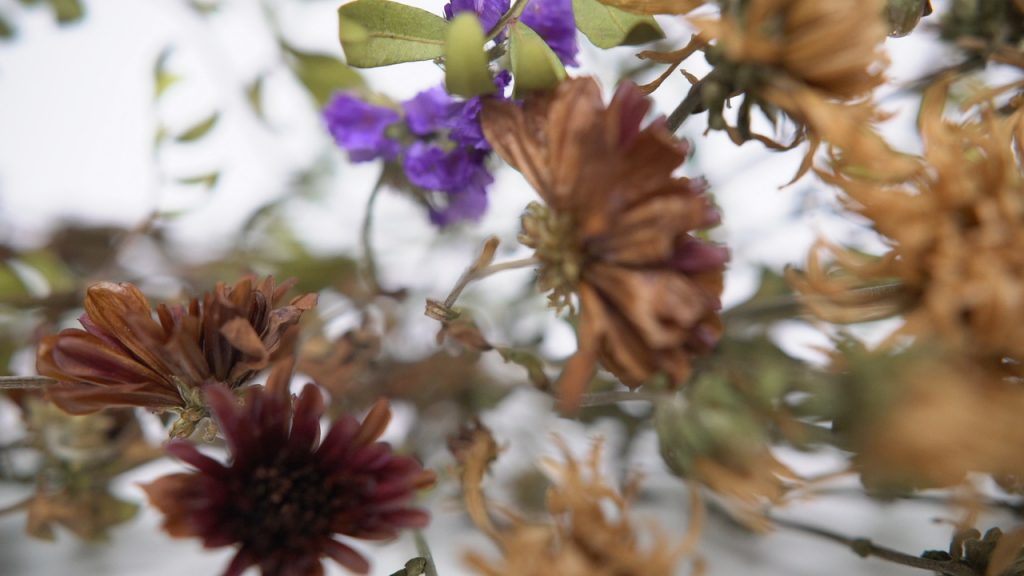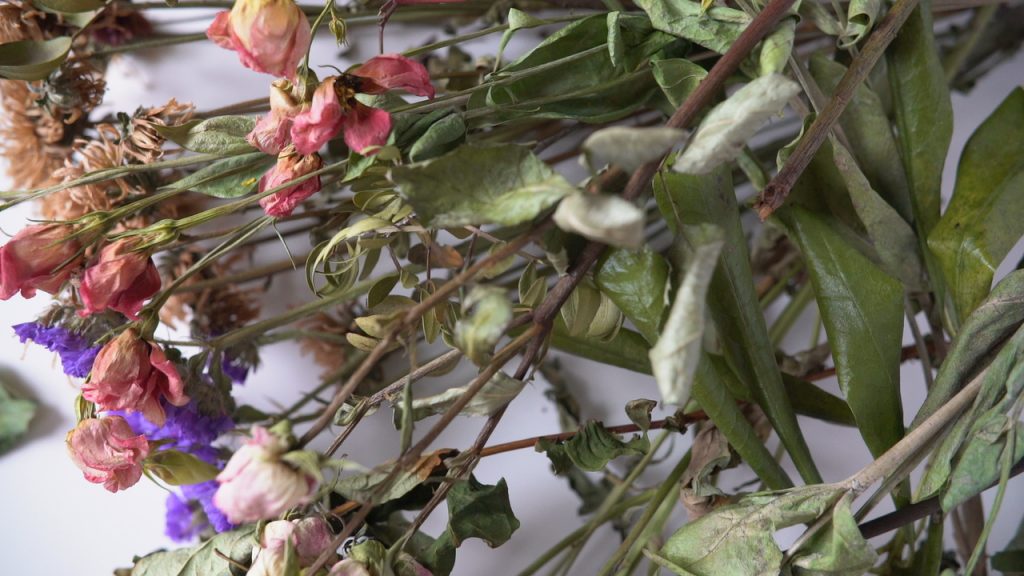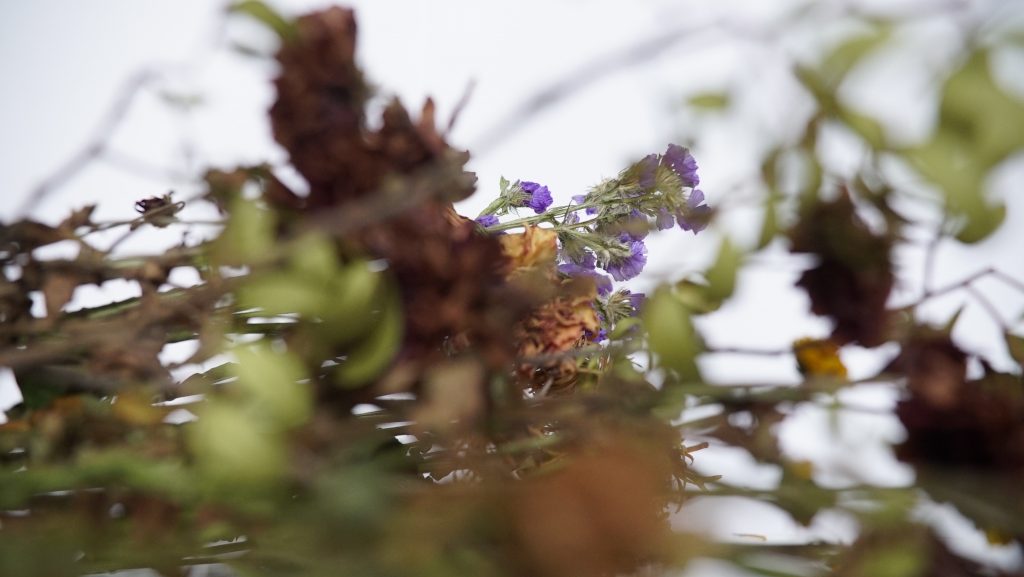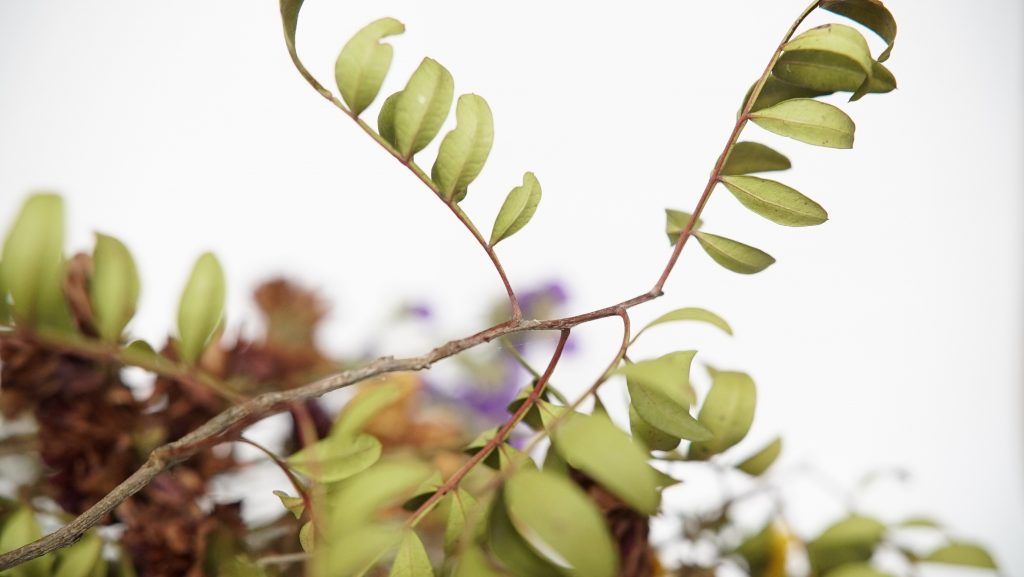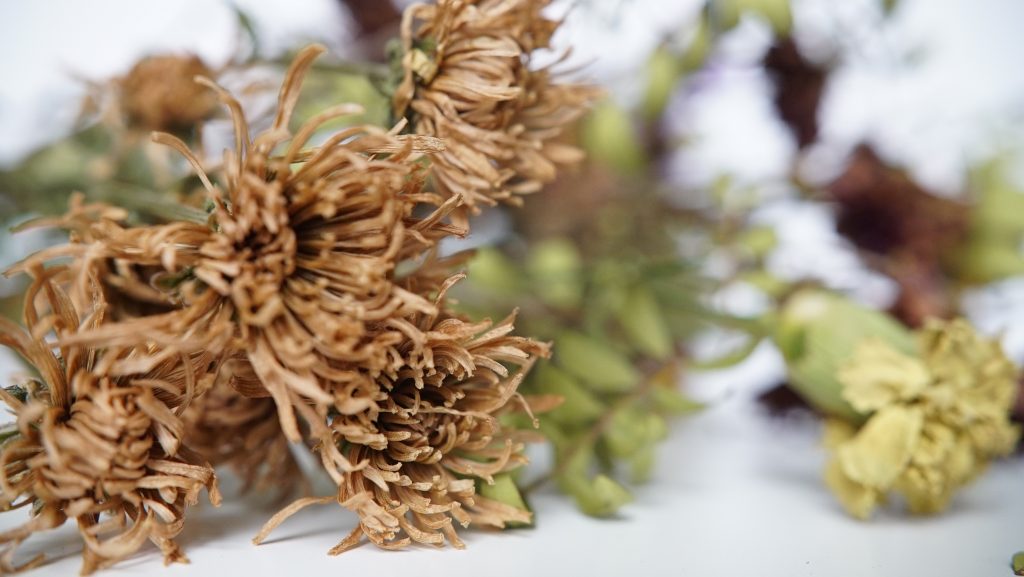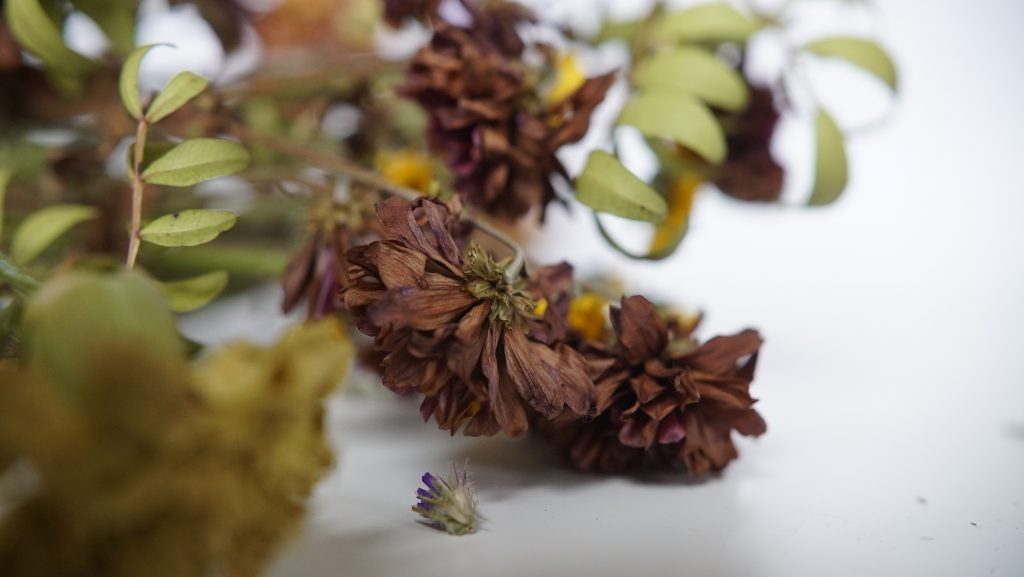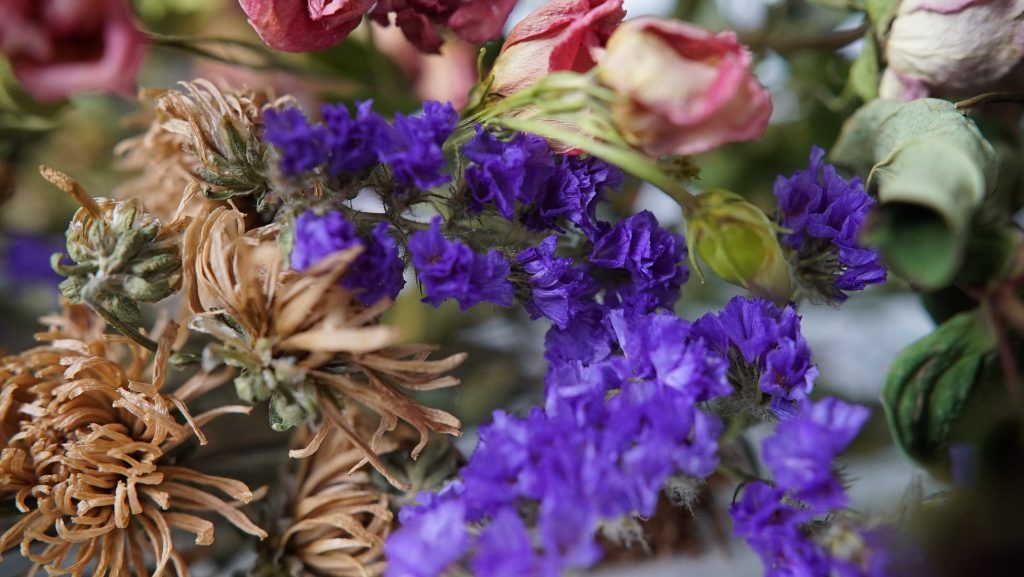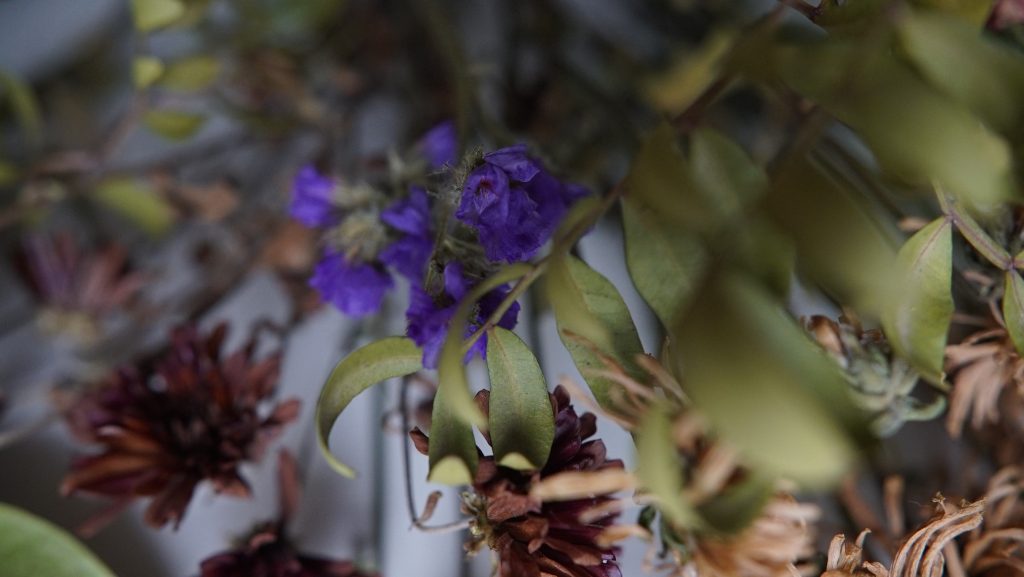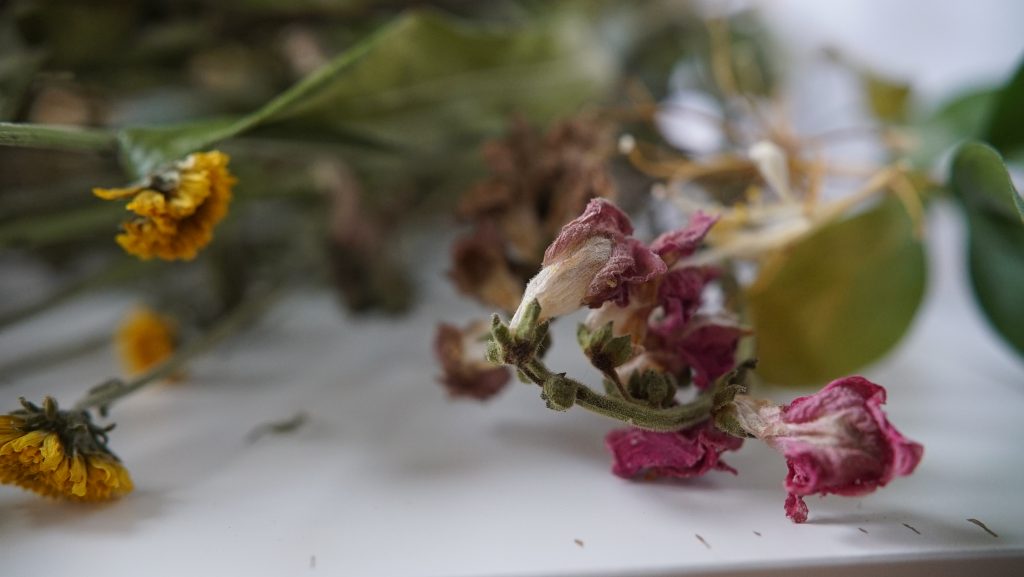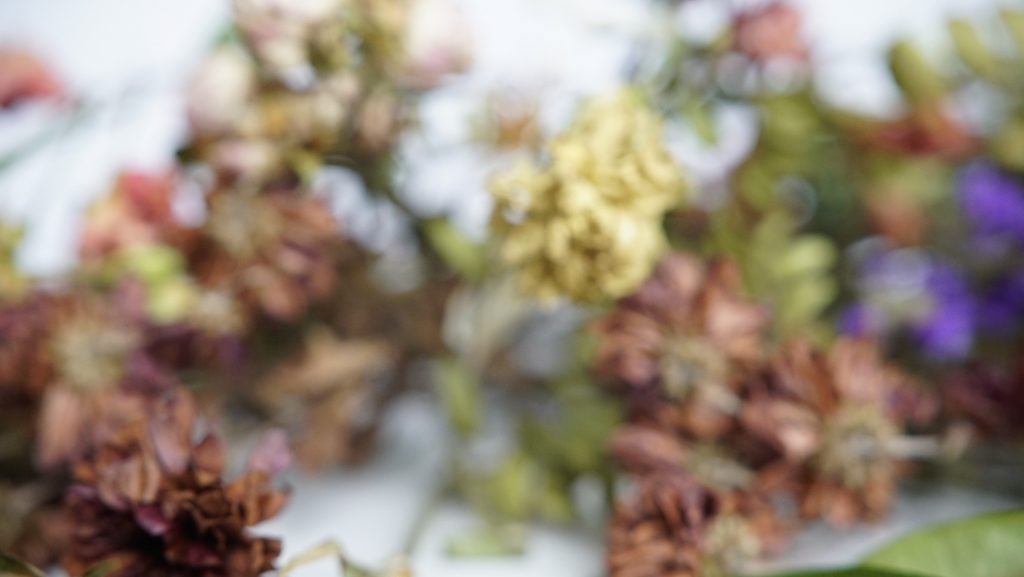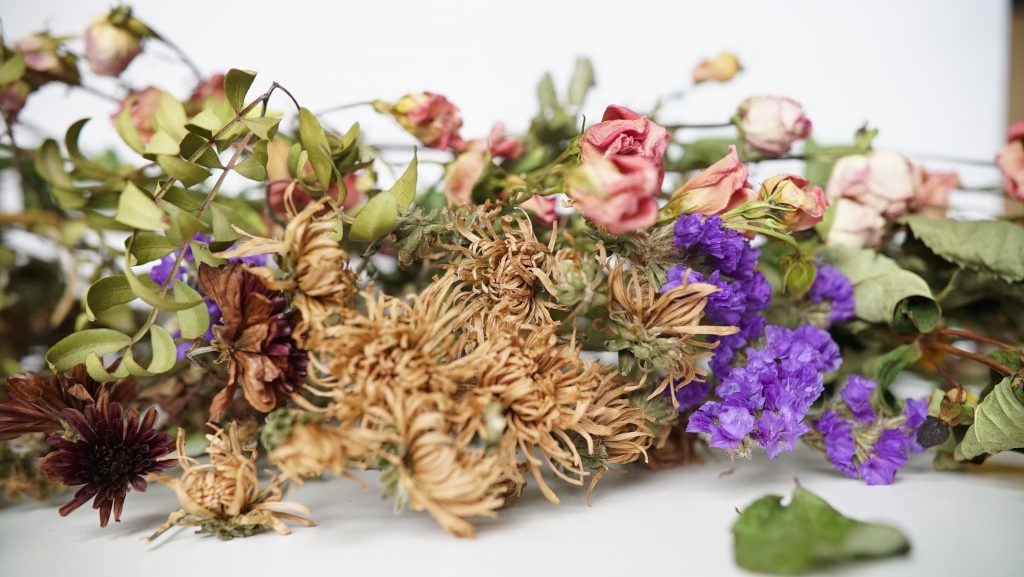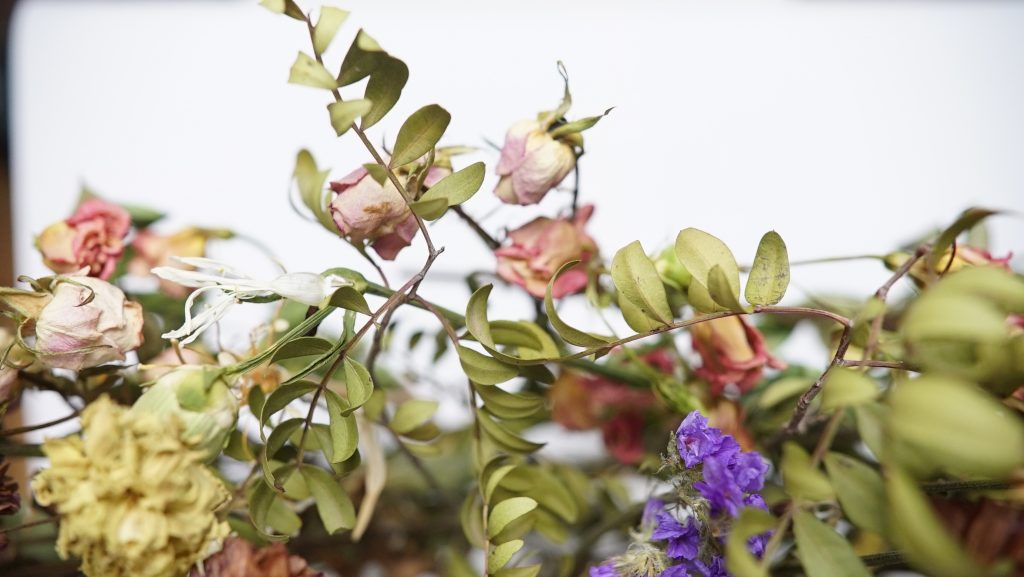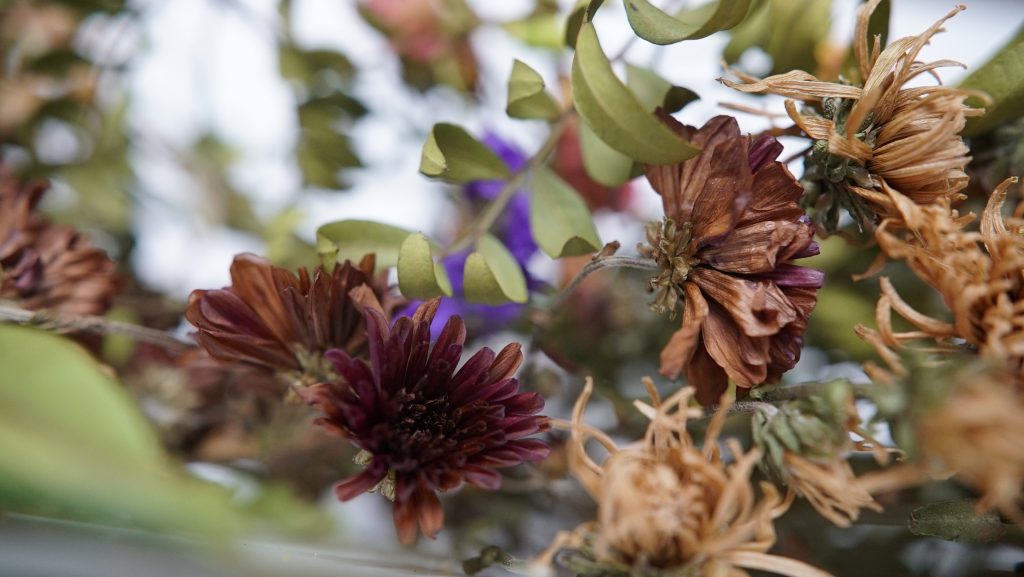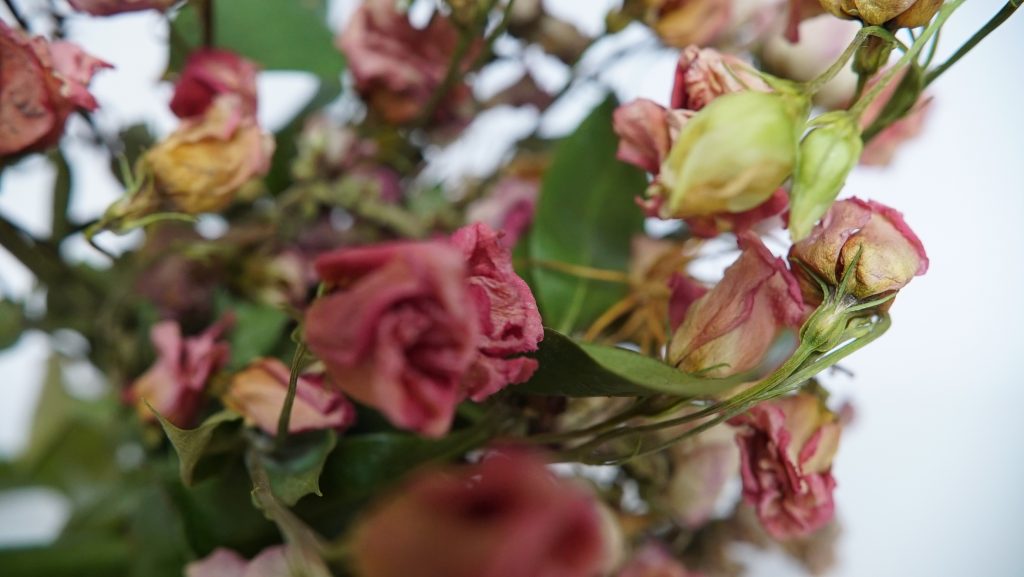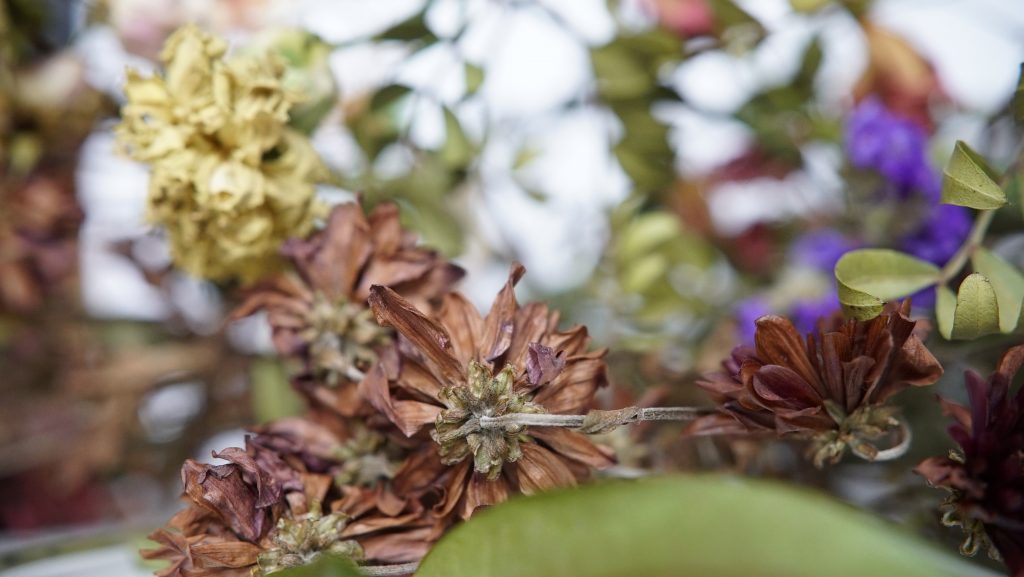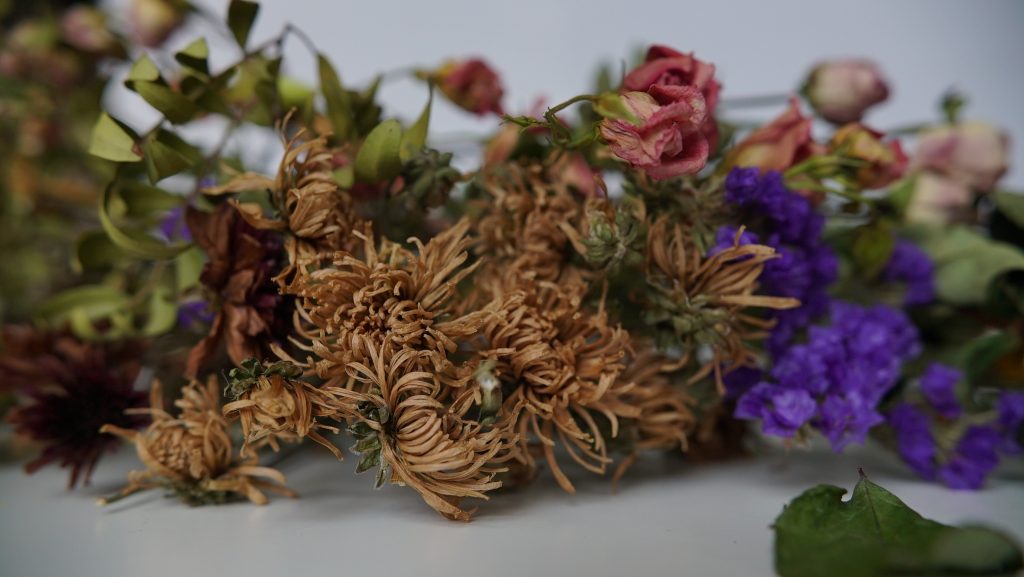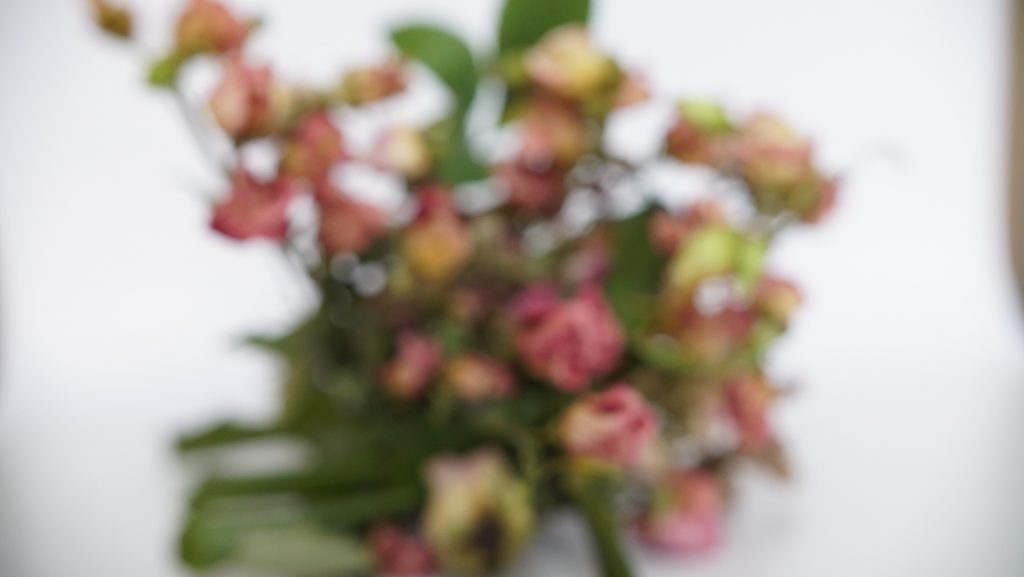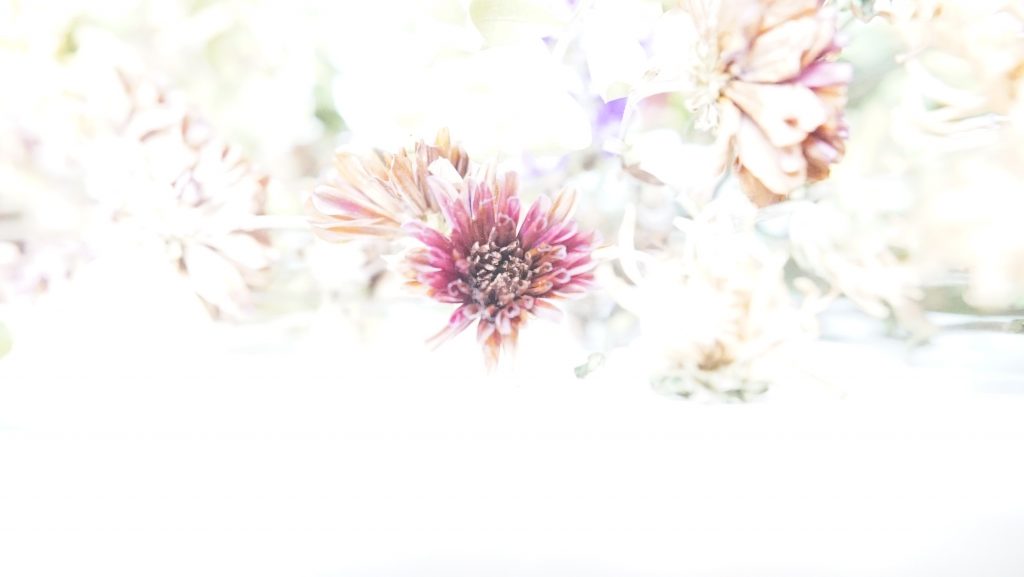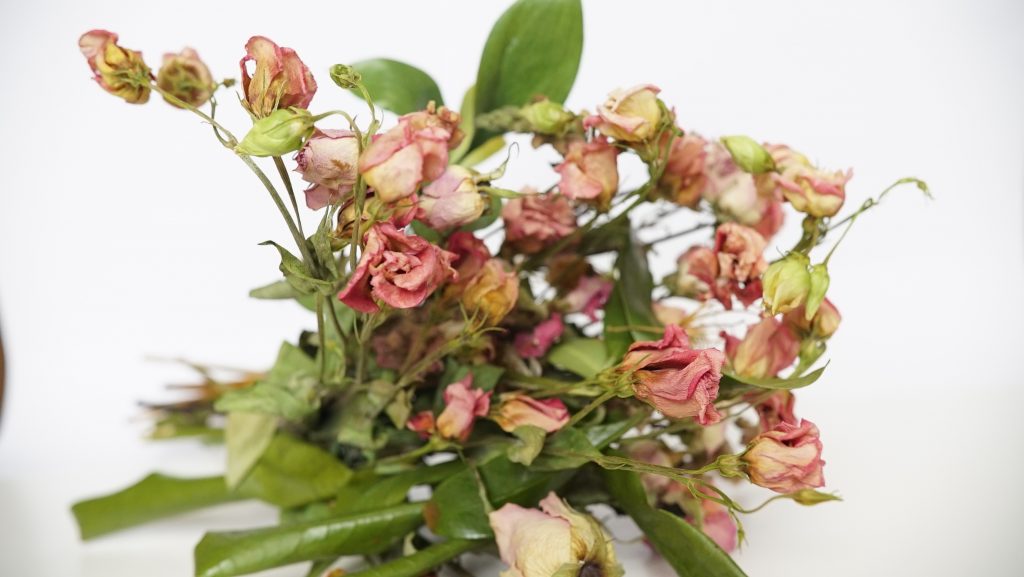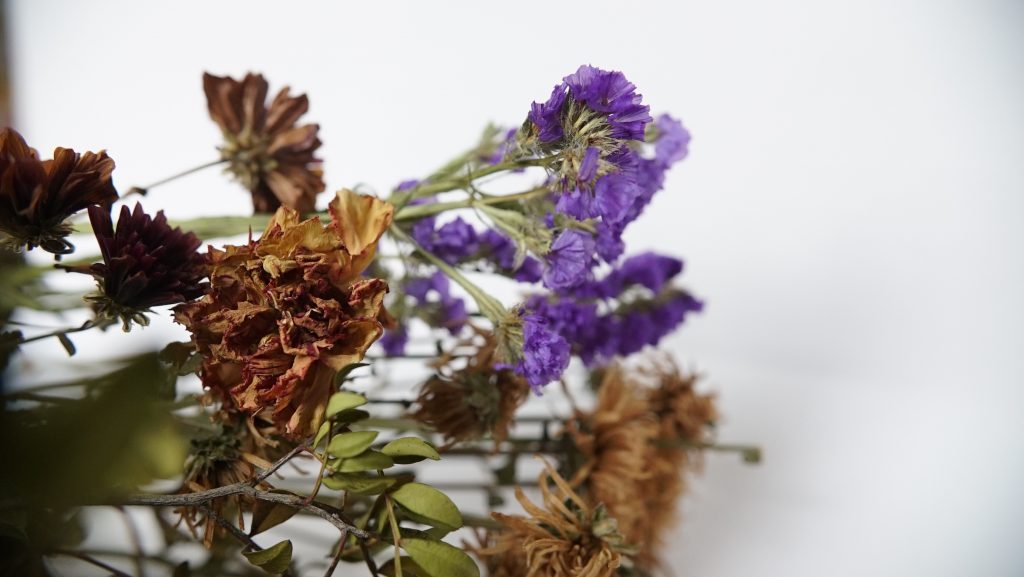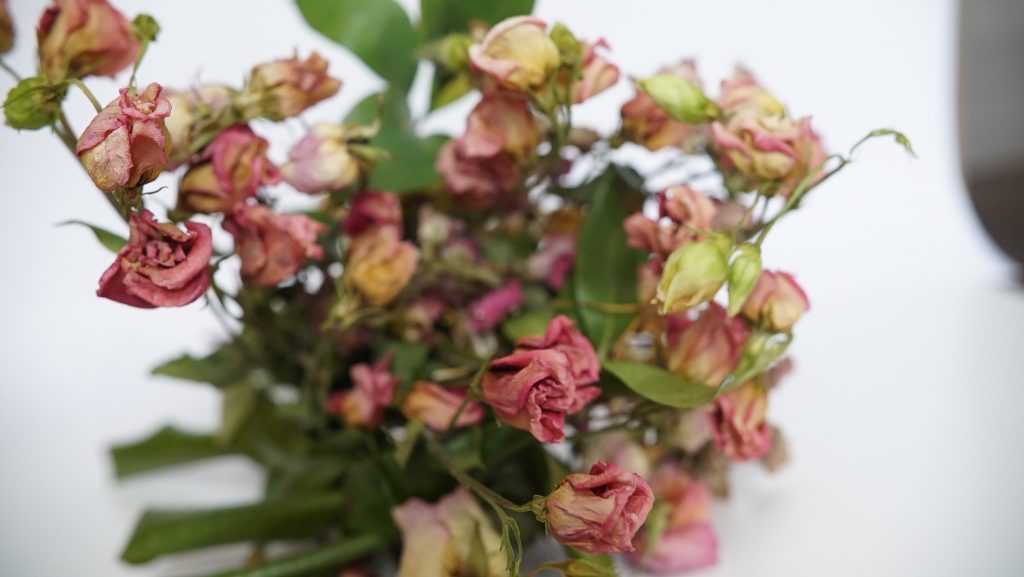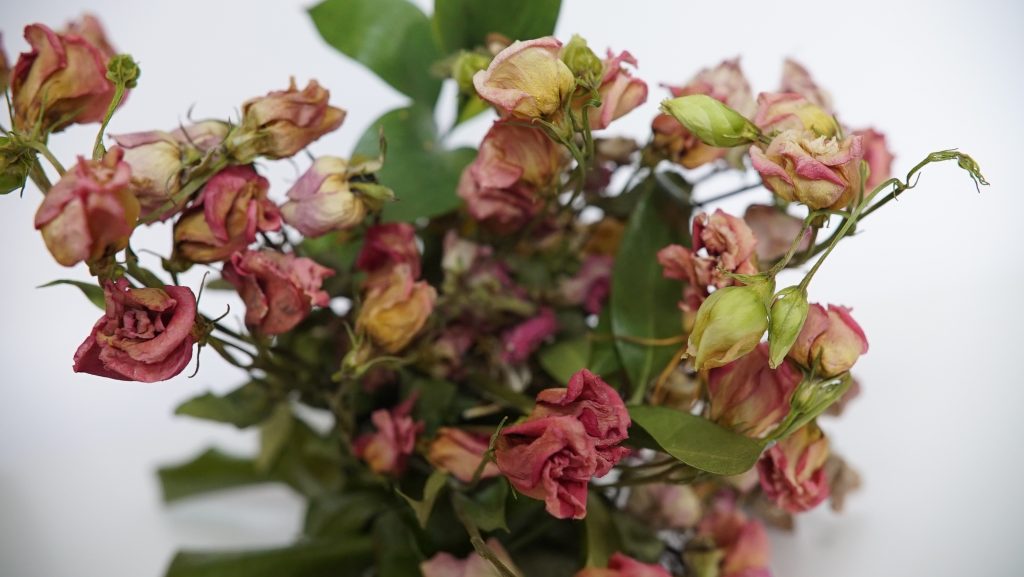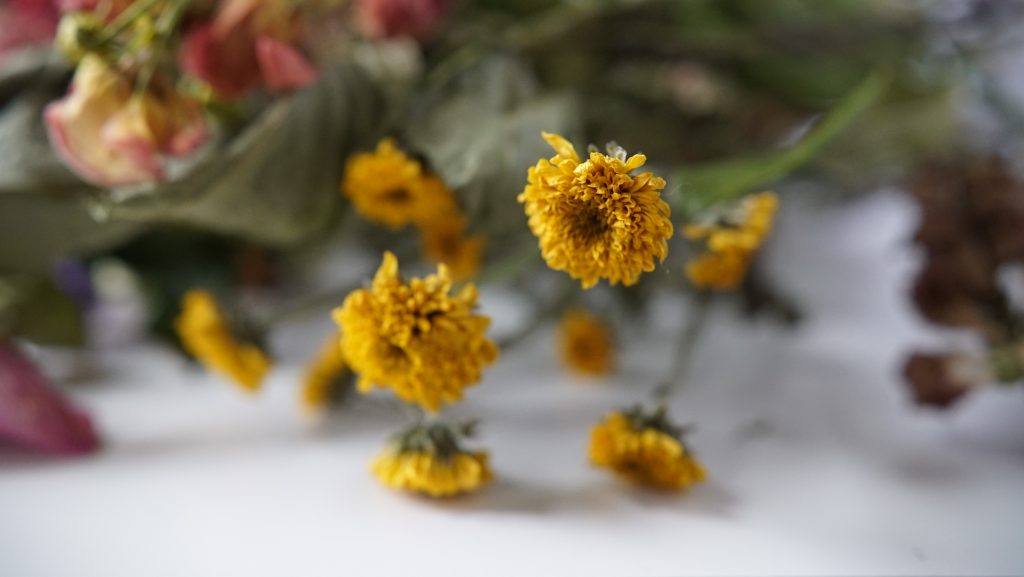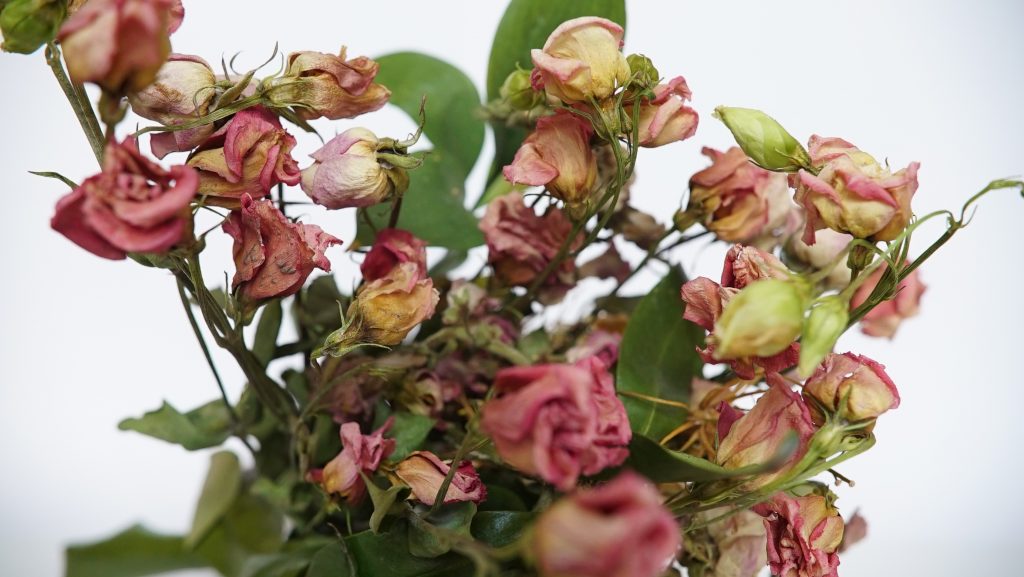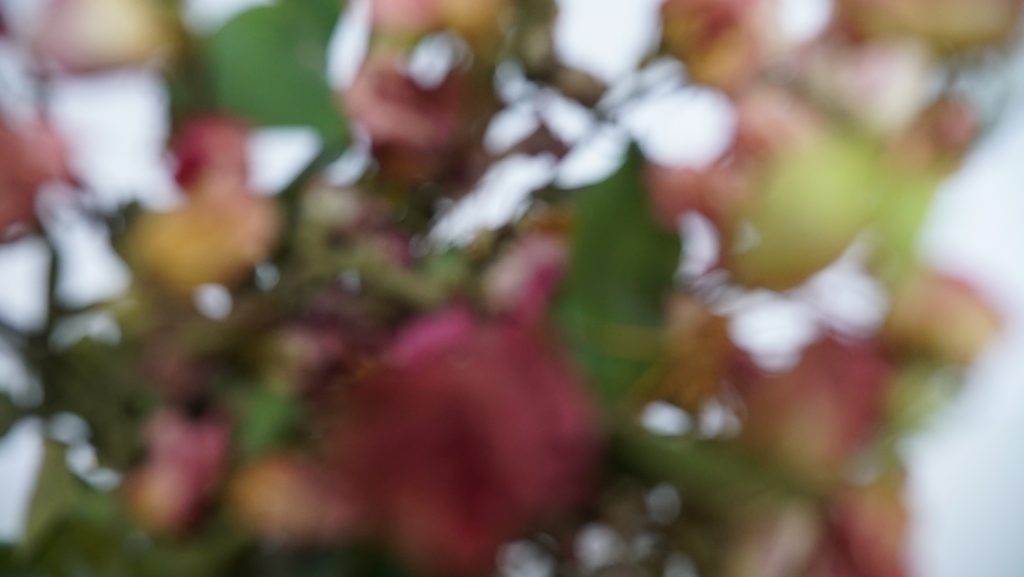Hastings
Casting
Although casting is not something that I practice, this workshop was so exciting and made me think beyond the sculptures as whole, and rather focus on the fine details, imprints and mistakes and find inspiration in them for the development of my project. As I was very new to the whole process of casting I did a lot of observing to begin with and then went ahead with creating a rather flat surface with imprints within it. I created the imprints through movement. Instead of just placing and object and taking it away, I almost created a performance in my mind which had a lot of repetition and my favourite circular shape featuring as well. There was some sense of unity being created through the honeycomb like section. A section that crumbled because of its thinness, became something resembling a canyon. It seems unnatural to draw that comparison as a canyon is something so grand and amazing, whilst this sculpture is the size of a dinner plate.
When it came to my second casting I wanted to create something a bit more functional and really think about the negative space and the process that goes into creating these sculptures through the method of casting. I used my hands to shape the clay, I wanted it to be personal and not invaded by objects. I wanted it to be a plant pot or a mug or a container of sort I suppose. It end up being more of an abstract sculpture with an add on which plays with the negative space and although it looks like it belongs to the sculpture, it can not fit within it.
Drawings
The workshop we had with Sarah included negative space drawings as well as bling drawing which was a great exercise to really observe what is in front of us instead of perceiving passively. The following experiment we did was to combine our casting sculptures and drawing into one piece. To do that, I picked a section from my first experimental cast and did a scratching of that section over and over again, whilst also turning the casting as well as the paper in random directions. What I got out of that was an image resembling space, the universe or a night sky. A type of arrangement with planets or different places perceived from afar.
Photographs – Hastings Journey
Exploring Hastings might have not contributed to the development of my piece conceptually but it was a reminder to not always get stuck in reading and researching and instead to enjoy a journey and reflect on daily life in relation to my work. I’ve always wanted my work to be other-worldly because daily-life can be so bland. I’ve wanted to bring in excitement or rather apprehension to anyone experiencing my work. There is a fine line between the two and really, it is all about the perspective of the viewer. The photographs above I suppose are documentation of my literal journey along the coastline of Hastings, accompanied by my thoughts about what around me excites me or what makes me uncomfortable, for me to later reflect on. What I can tell from the photos is that I like looking up. What I remember from that day is how hot it was and how if I keep looking at the sun maybe some inspiration will come my way. I suppose it did in a way.
Tutorial w/ Jim
Why am I drawn to this type of representation?
I like my concept of using environments to reflect inner states and I would like to do these extreme opposites. I think I very much pushed in this research into bipolar disorder, because I needed some factual information and I am generally intrigued by mental health disorders, yet my work is not quite focusing on their representation, but rather on aiming to create an immersive experience & generate some questions for the viewer. I feel like my intent is to have quite a few layers in my work and not have it as straight forward as “this represents that”.
I guess I would like my work to be about what some may call unnatural or surreal experiences, a perspective which is not quite “the norm”. It’s like an alternate reality that doesn’t exist in a physical form, but I am trying to build it visually through a physical space?
Moving forward, I will initially focus on finding the right locations for the changing environments. I think light and the colour of it will play a big part in this piece as it has in previous ones, but this time I will approach both natural and artificial light. Natural for analogue and artificial for digital. I think that sort of compliments the materials and the processes I have chosen to use… I guess my methodology in a way is within process but also in location. The environments I choose to film the fictional character will act as a reflection of their inner state and that would be generated from me exploring different spaces, documenting them and reflecting on their qualities?
When thinking back to the interim exhibition I have to consider that my work can be a question and doesn’t have to be a statement. My work is about the human condition and exploring that condition, physical and mental states, transcendent, slow time, time, take people into a space where they can confront something where they can’t confront or experience anywhere else. My work is experiential, its being in the moment with it. It exists fine as a documentation on my laptop but the reality and coming into being of blue esc. for example happened when projected on a big scale. Protagonist and viewer relationship – even if the relationship is very short. Because when we are close to people we can explore things which are more intimate. Creating intimate connections through digital body of work. Artists statement shouldn’t be absolute but have some obsolete part to it.
I am very interested in time. How I portray and manipulate time and get people to go into a world where time operates on a different level. Maybe going forward is not about a project but a series of work and open up as to what that means. Alternate Realities, places which operate on different timelines. When these things cross over, it just destabilizes everything. I am talking about the destabilization of the human psyche and not bi-polar disability. I am creating.
Bolex Experiment
Continuing the theme of looking up, through my first ever encounter and experiment with 16mm film. This was such an exciting experience. I had an intro workshop on 16mm film with Jim Hobbs where we went over how the Bolex works, how to load it, how to film as well as different tips and tricks. I then went outdoors and filmed this experiment. I knew that I would want to film in a natural environment such as the woods and so I did these test shots in a similar place. I used a red filter for higher contrast and tried out some different tricks which make the image flash in between a few frames. Although some shots have come out very dark, they work for setting a certain tone and I might even use some of these shots towards my final piece. Particularly the ones that are observant of the environment in a calmer manner. Such as at 0:35min , the flowers are in an almost still shot, but there are many other things that intrigue me such as the pulsating light from a light leak possibly, as well as the the uncertainty of place and space, created through the horizon that appears at an angle, the angle itself brings some sort of instability, forcing me as a viewer to turn my head to the right so that I can see it in a straight line.
Projection Experiment 1
For this experiment I had created some wave like graphics and booked Film Studio 1 in order to try out a projection into a wider and pitch black space. This experiment looked at how the projection stretches on the curves of the black curtains, or from the wall onto the floor, tried introducing a plinth as an intricate shape. I asked Ting to get into one of the shots and interact with the space. Follow the waves with her movements and try to get as immersed in the environment I have situated her in as possible. I suppose this was a step in the right direction when it comes to the development that comes from experiments. From here I started thinking about particularly creating an environment which a protagonist can interact with. Contrasting the lifeless and detached from reality protagonist in Blue Esc., I now want to explore a stage of realisation of multiple realities/universes/worlds.
Projection Experiment 2, Mad Mapper
This experiment was conducted with MadMapper, using the integrated functions for patterns and colours. It was made in collaboration with Yi Ting Liong. The shapes seen that exist within the plinth are created by her within her research of re-presenting typography. An exhibition I recently went to (Peter Fischli) made me really intrigued with using plinths in unconventional ways, specifically the inside of it and so we decided to incorporate that into this projection experiment as well. This experiment turned out to be very successful in creating almost mock up worlds for what I imagine my abstract environment to be like. I can imagine doing photogrammetry of the space or simply taking a close up video of the space and working with it in aftereffects to create an other world. Some of these colours and patterns brought back memories of the Alice in wonderland exhibition and connotations to her travels into Wonderland. The abstract environment I am looking to create is in a way a wonderland, somewhere that might be exciting or might bring apprehension or other experiences, depending on the perspective reality.
After Effects Graphics Experiment
In this experiment I was looking to create a collective of shapes as a sort of energy or multitude of places that exist simultaneously. I then mapped them to move together along a specific axis, imagined to mimic the coordinates of shapes that Yi Ting Liong had made as a part of out previous collaboration. Unfortunately what I had imagined as a piece was not the reality of it. There was no real connection being made between Ting’s abstract shapes and my nested portals. The most interesting part was a particular 5 second where the light stretched and the digital shapes/ portals took a different form whilst transforming the physical abstract shape.
This experiment was important to me in terms of projecting on different shapes and surfaces as I am looking to create more physical portals with projection onto them for this project. Although the previous experiment incorporating a plinth was much more successful, this one reminded me that sculptures or shaped that are hung on a wall do not work well for my concept.
Flowers
My interest in incorporating flowers within my work started at the Alice in Wonderland exhibition, I thought about introducing some sort of natural element to the abstract world as a link to what we call reality, such as flowers. I thought about them appearing as props but it didn’t feel as that would be justified or necessary. I then thought about the fact that for my Portal No.1 piece David Waterworth said that it is obvious in its essence that the piece was made by a female artist. Although I would not call my work obviously feminist, it is driven from my experience and has this auto ethnographic approach of lived experiences but also subconscious thoughts possibly. And so I suppose I would like to intentionally add this feminine tone to my work by adding flowers under all of the other layers. Could that somehow distinguish my experiences as a female maker and connect with more female audiences in that way?
What I have decided to do is to build on to the flower aspect and introduce them as a world. What I mean by that is that I will explore the flowers seen above by really getting the camera lens into the flowers and exploring that space within them as an alternate dimension/world. I’ve also combined fresh and dried flowers as a sort of way of balancing the texture that will come out of this but also questioning the importance of their state in a way. What we perceive may not necessarily be the truth.
Flower Patterns
video experiments
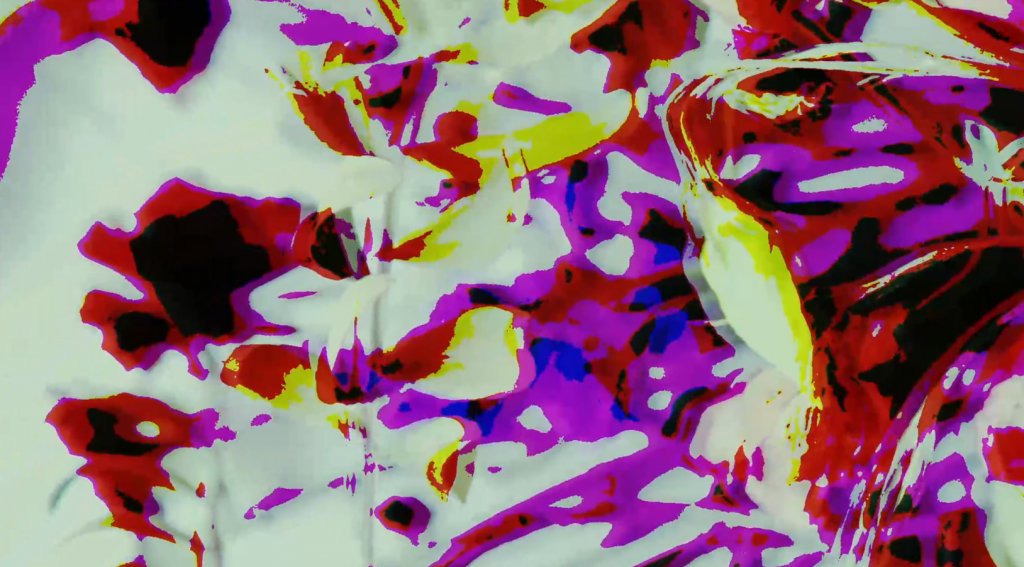
The Flower Pattern above was the first experiment which was aiming at more crisp graphic and vibrant colours, rapid movement. There are some in focus instances that the image becomes more obvious to be of flowers, but I will of course pick and choose sections from the raw video above and adjust the scale, speed, angle and more to a more abstract and special sense. There is something about the movement within it anyways that feels very artificial and simulated. Although I filmed the above with a hand held camera, I have a feeling I might have accidently filmed it at 120fps which gives off that uneasy and unrealistic movement, which works in favour of the development of my work.
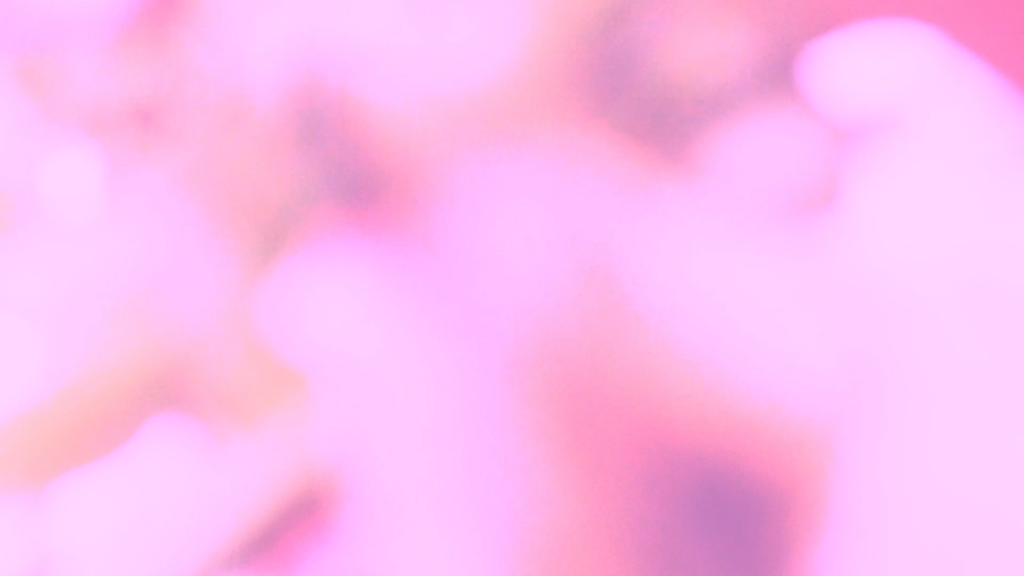
The second Flower Pattern experiment was aiming at something more celestial like, light and quiet. Also less chaotic, more orderly. I achieved that through over exposing the flower patterns and assigning the lighter pink colour as the majority of colour to be read by the software. I also added some saturation for an almost sunset like orange hues, inspired by Heather Phillipson’s installation which had similar graphics communicating the environment as magical and other worldly.
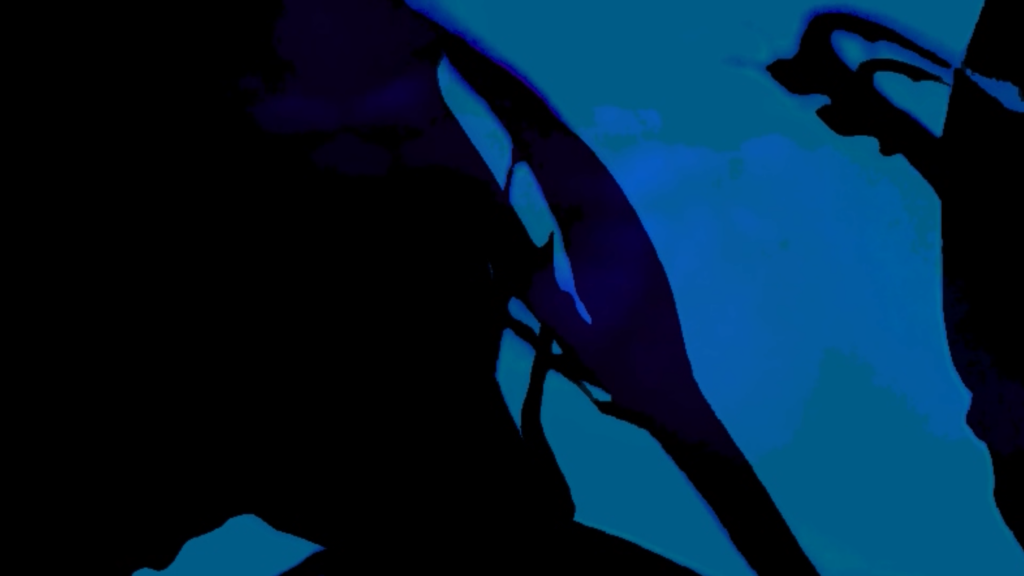
The third Flower Patterns experiment goes back to the original one but brings more darkness to it as well as more simplicity and rigidity. As the first world is very busy and energetic, the second is more calm and levitating, there had to be some balance in the realities being explored and it seemed appropriate for the rose tinted realities to be broken up throughout the film by a heavier and more intense reality. One that heightens the apprehension and anxiety that is already carried within the piece.
